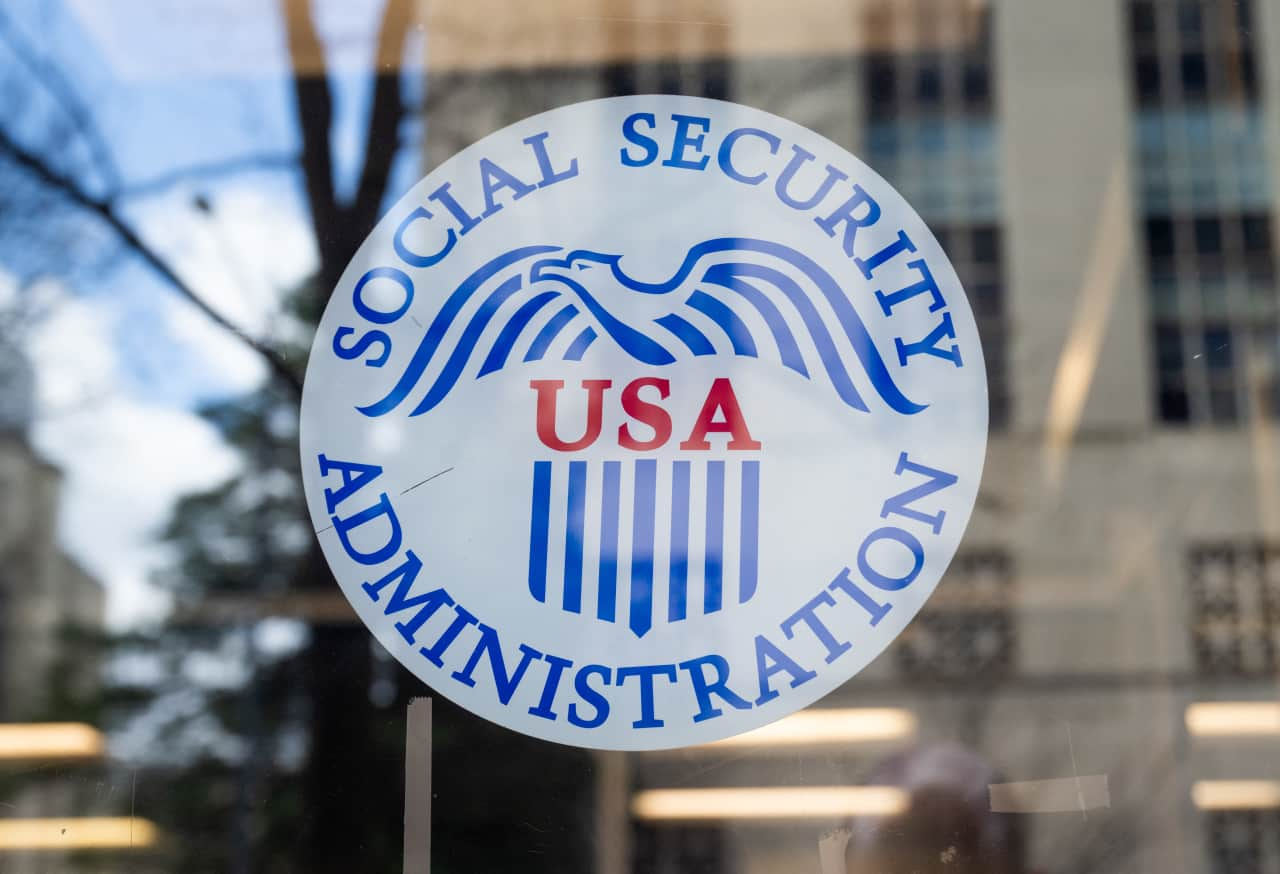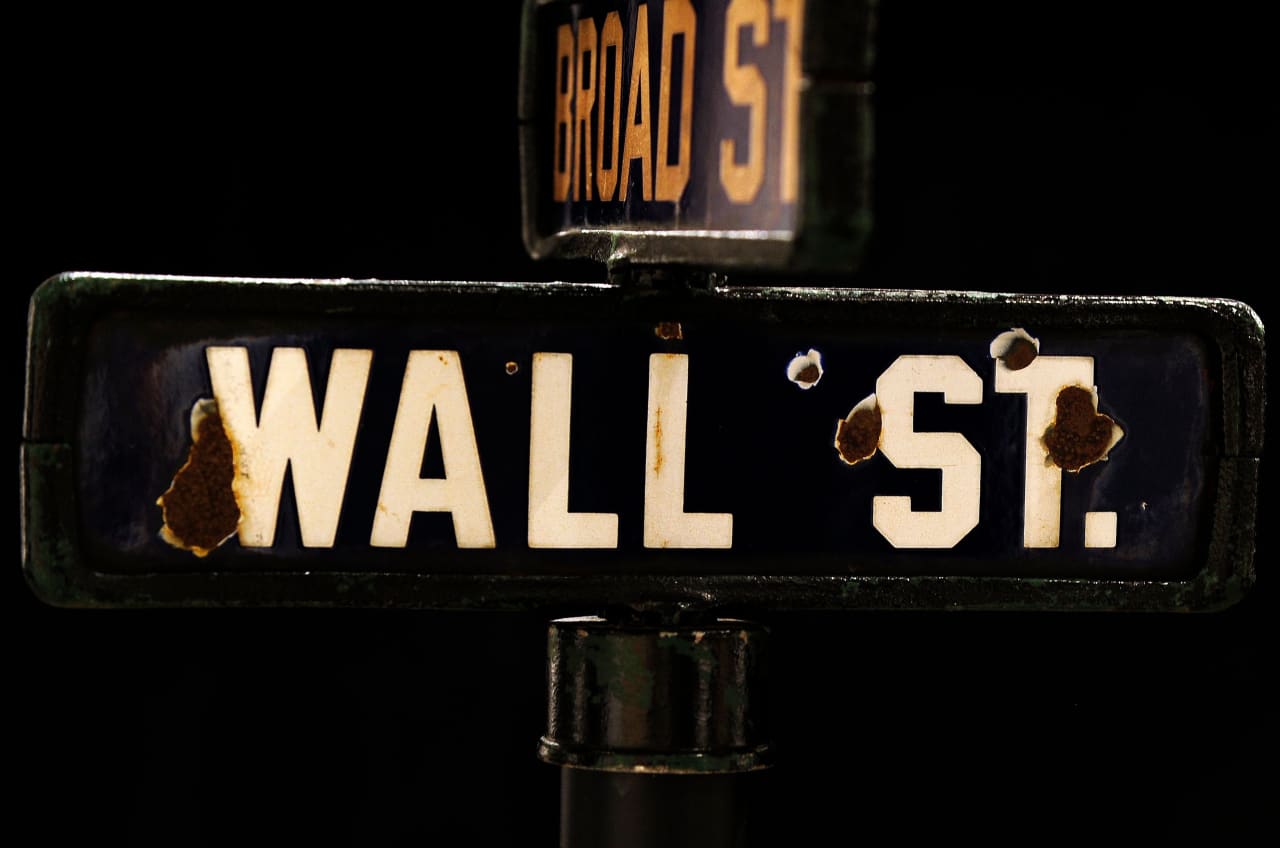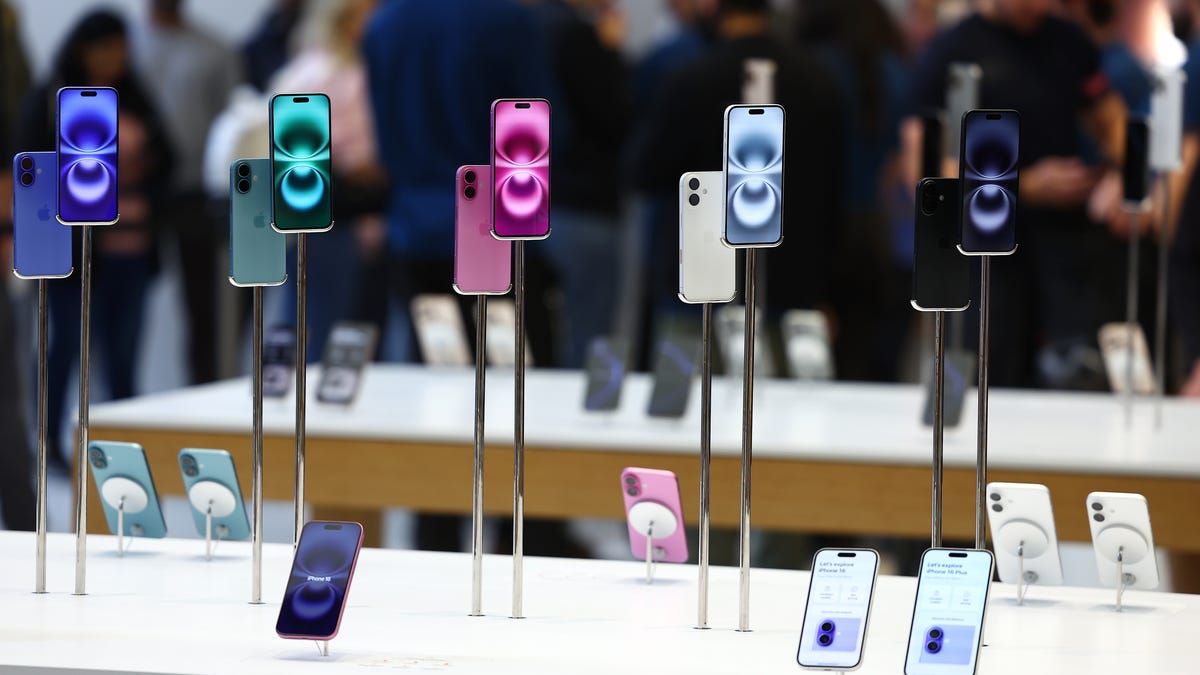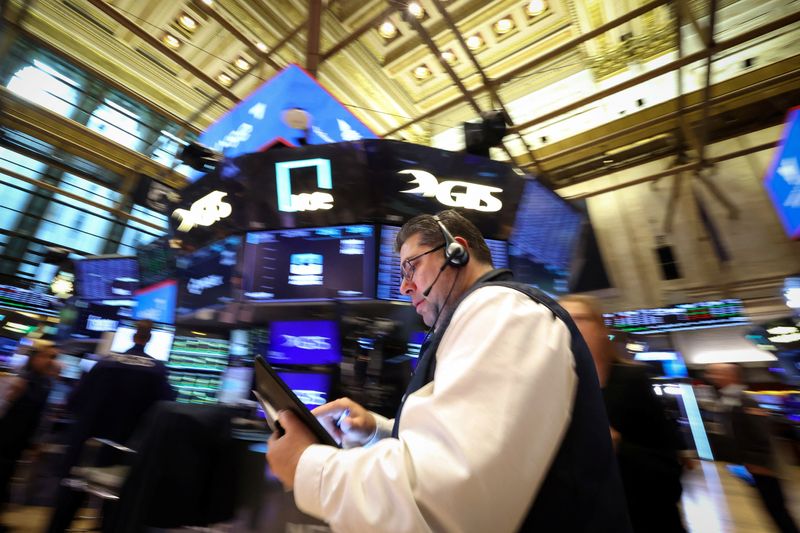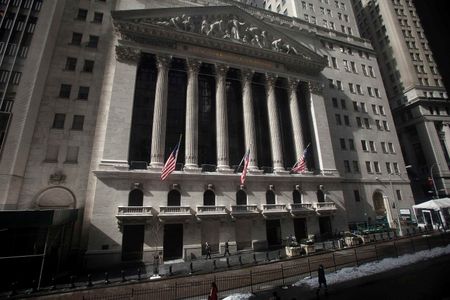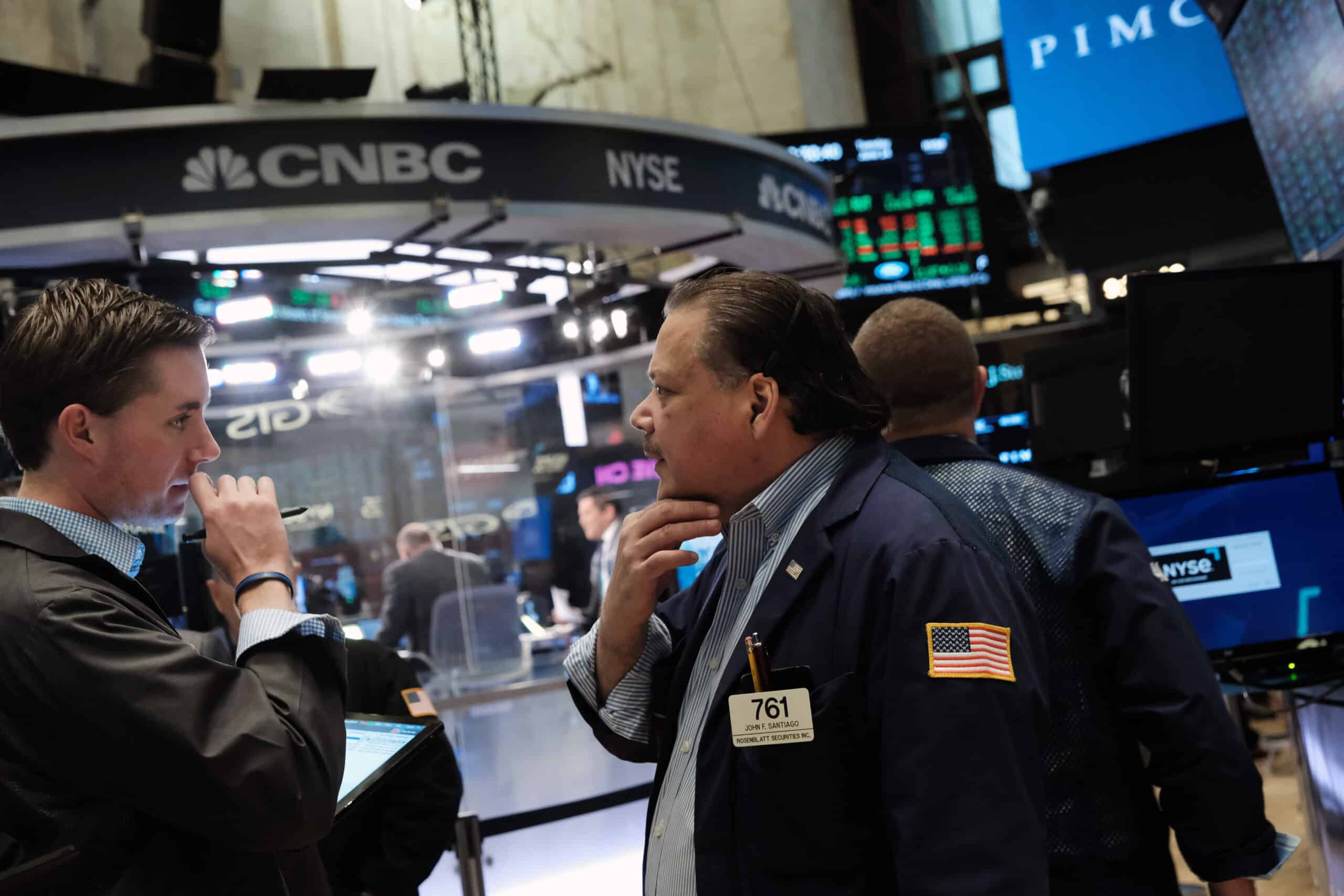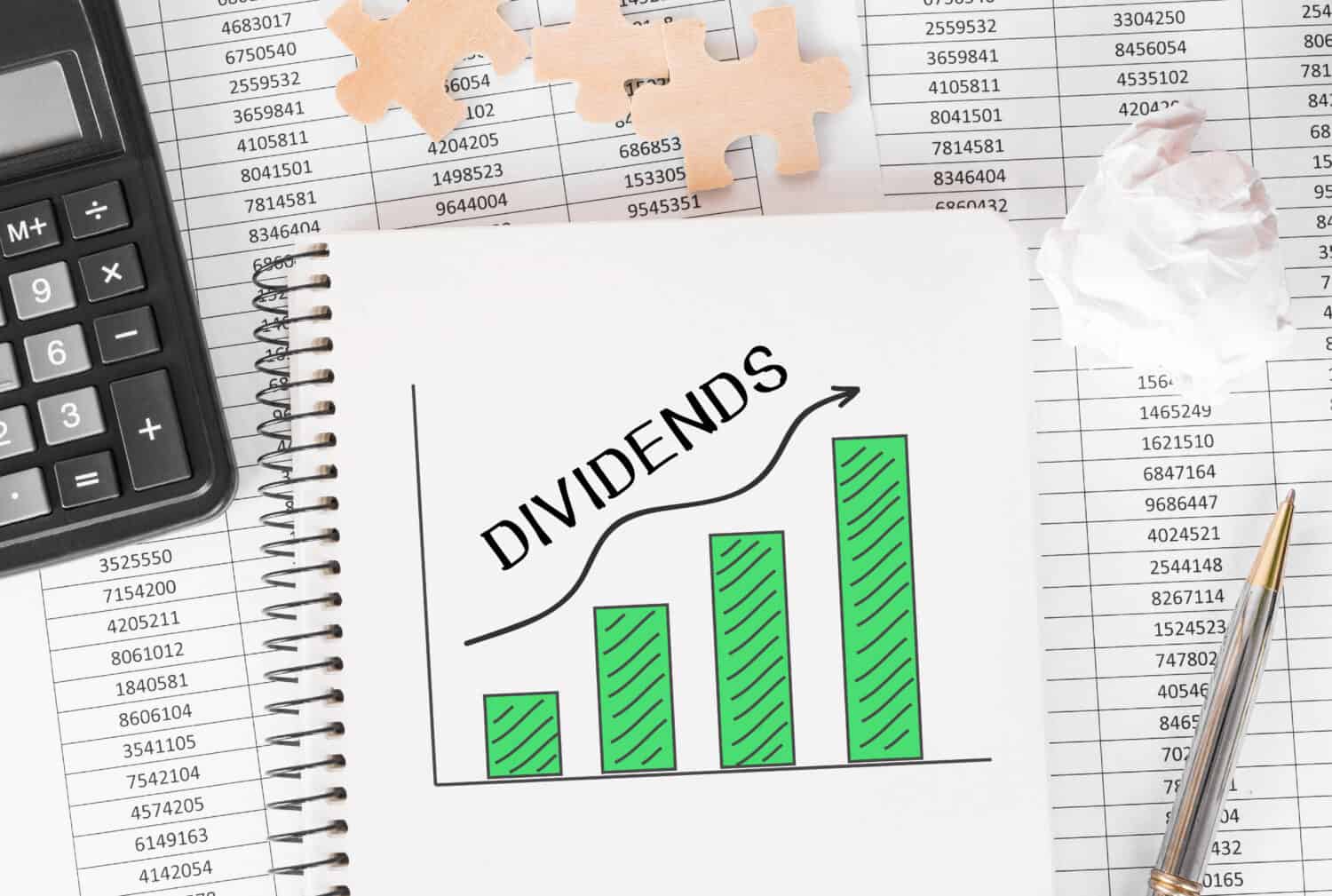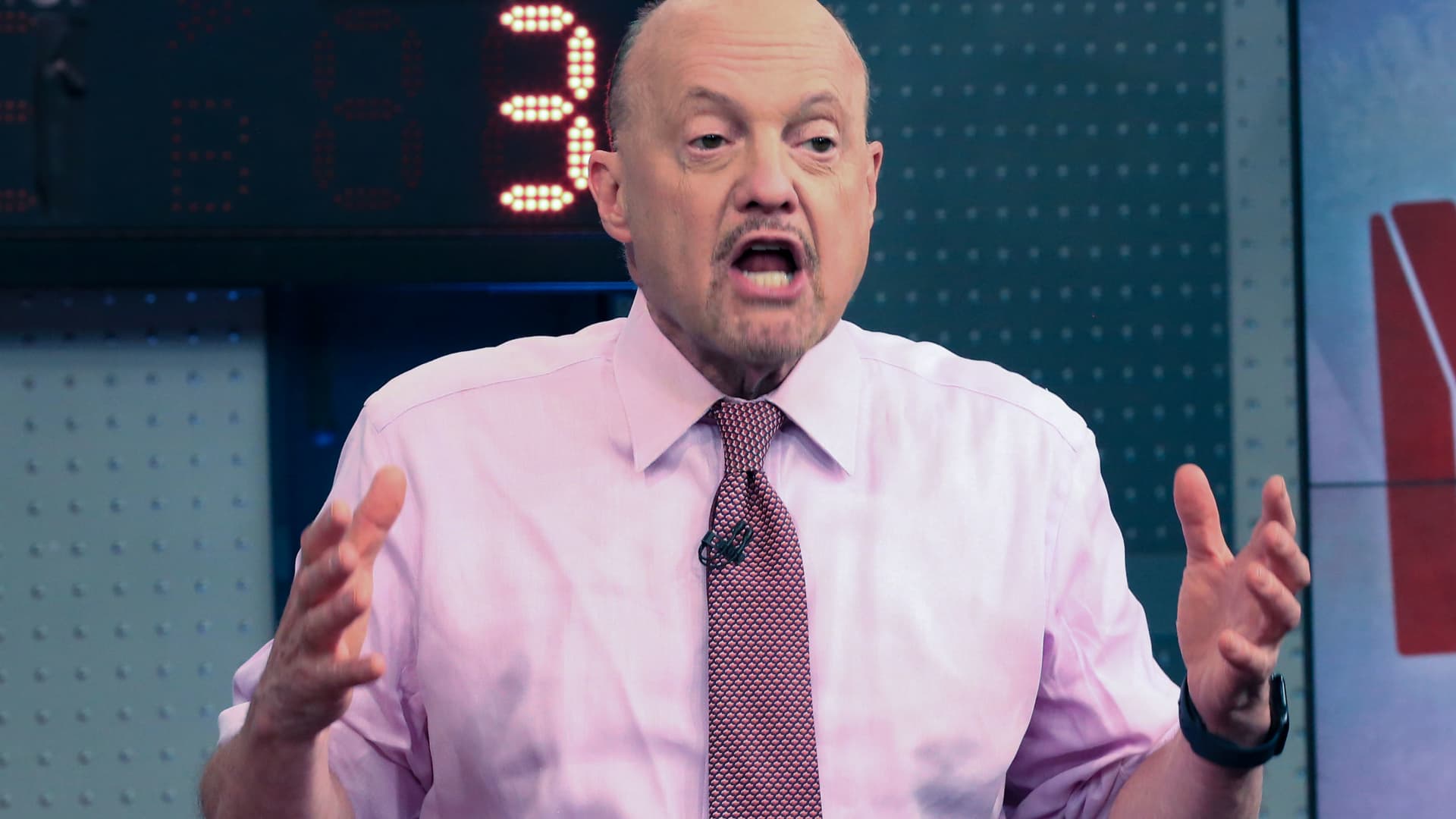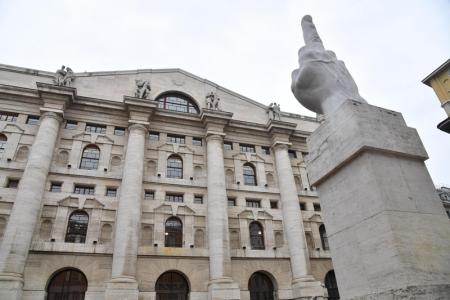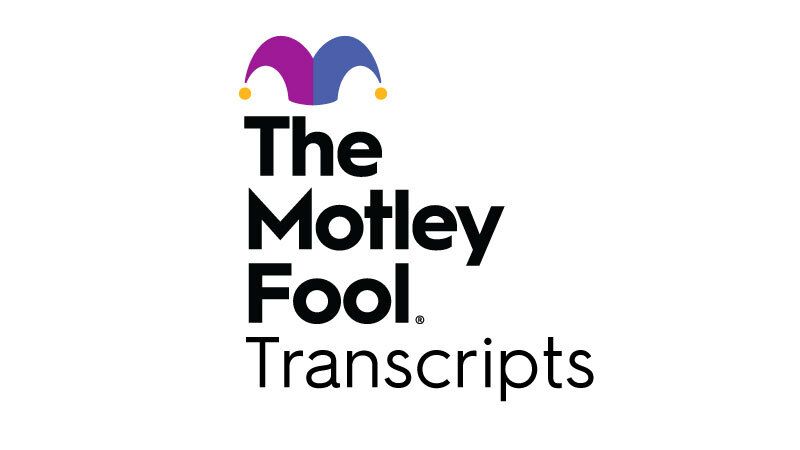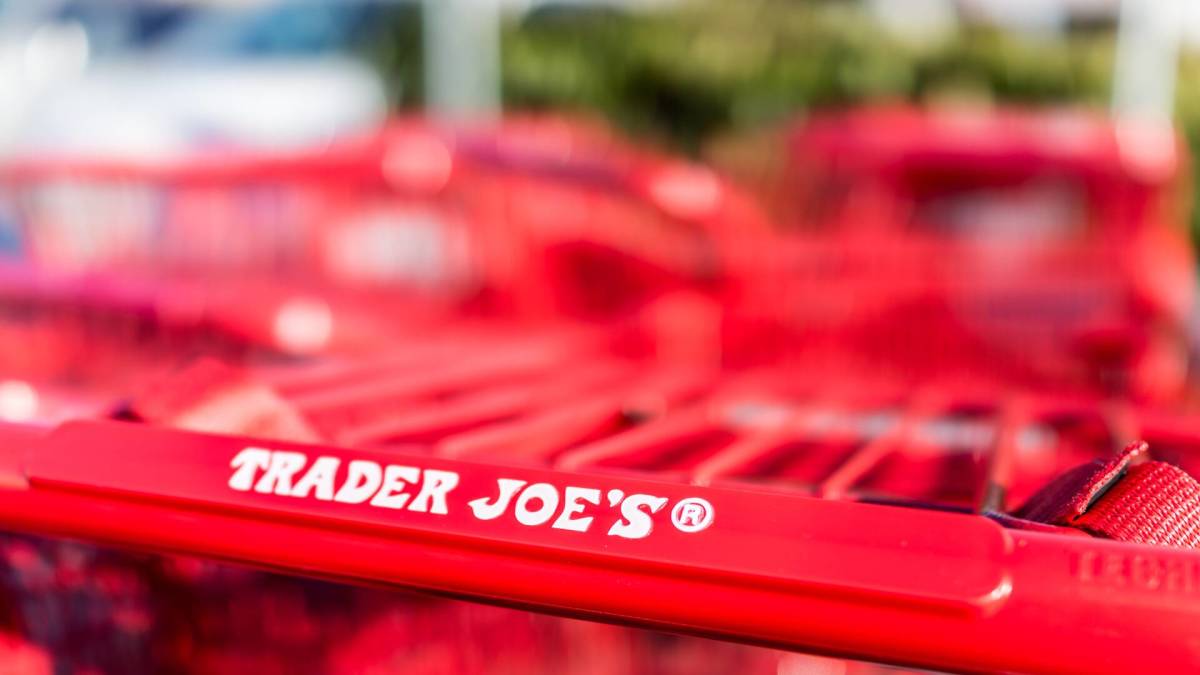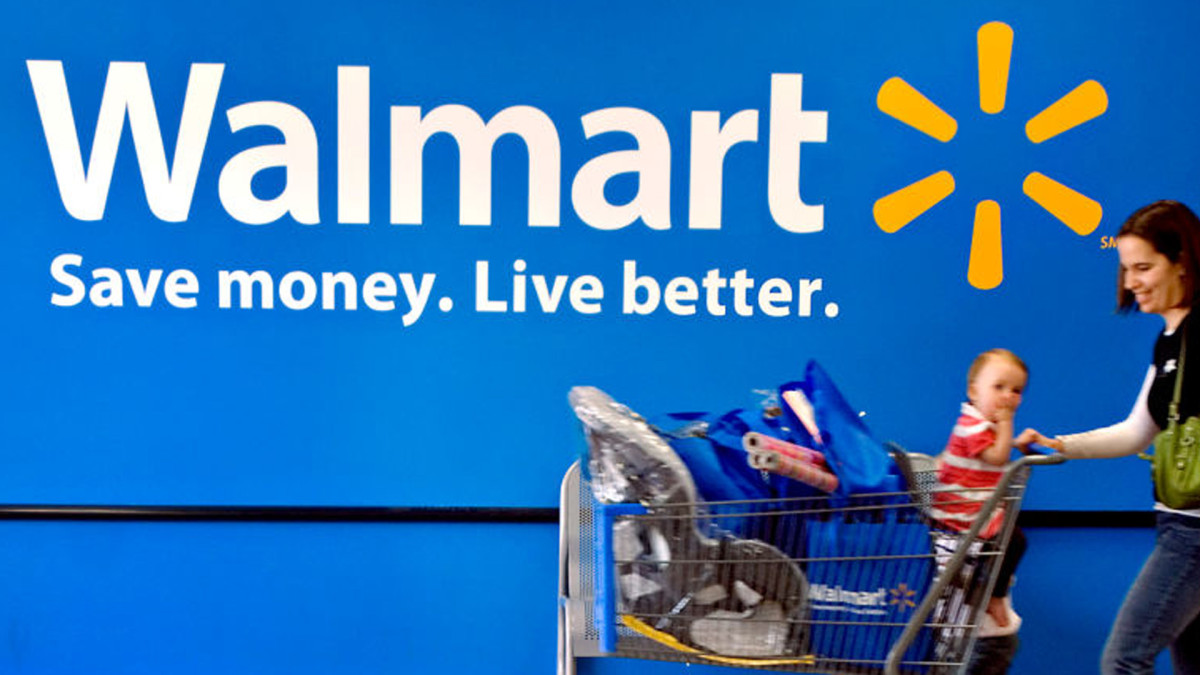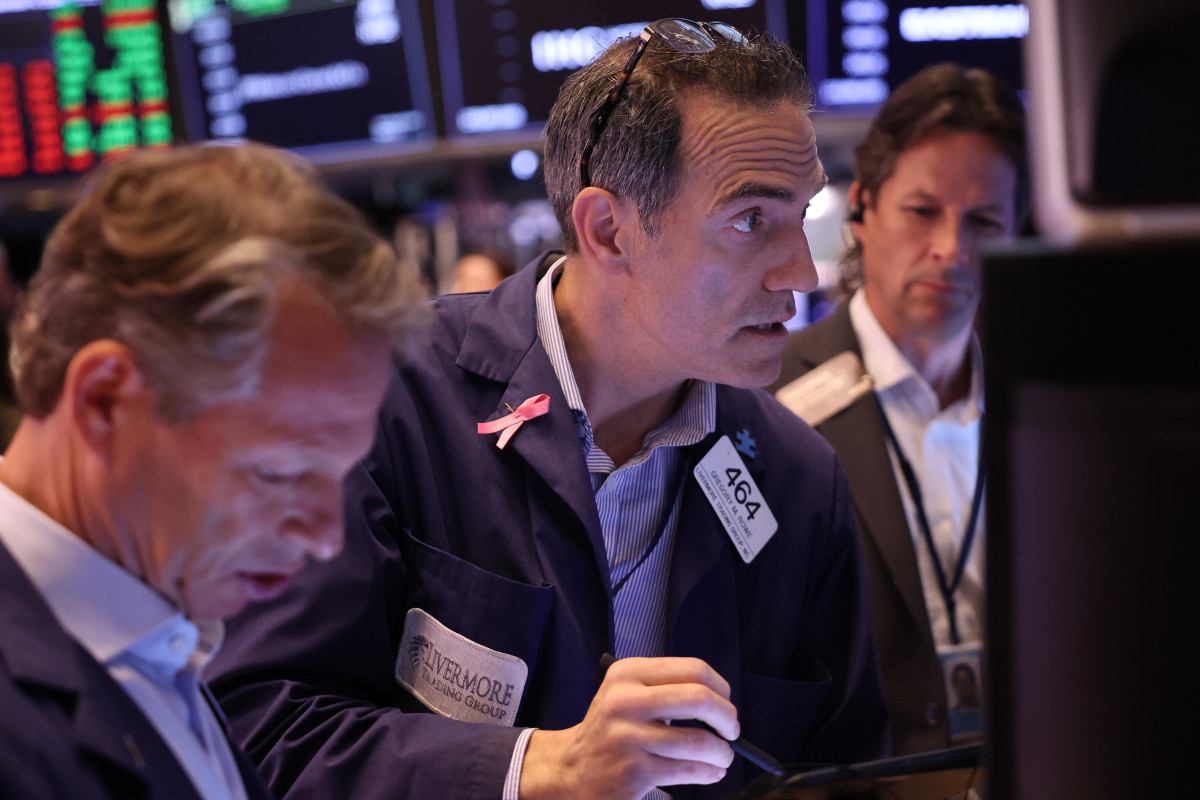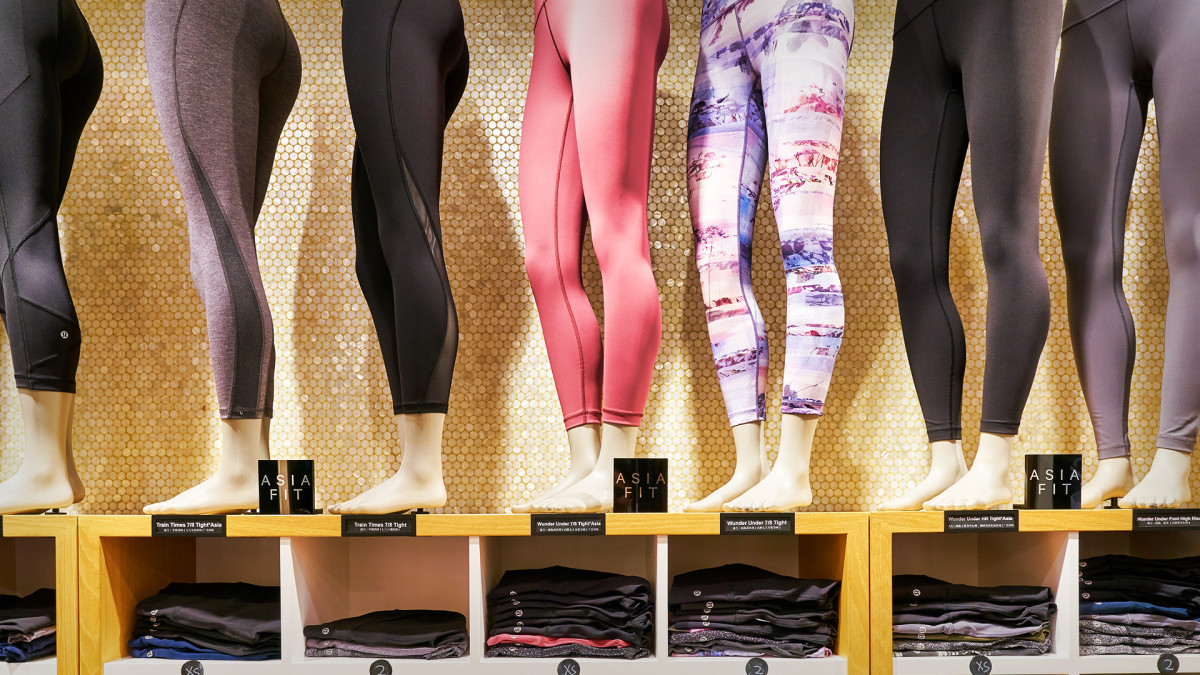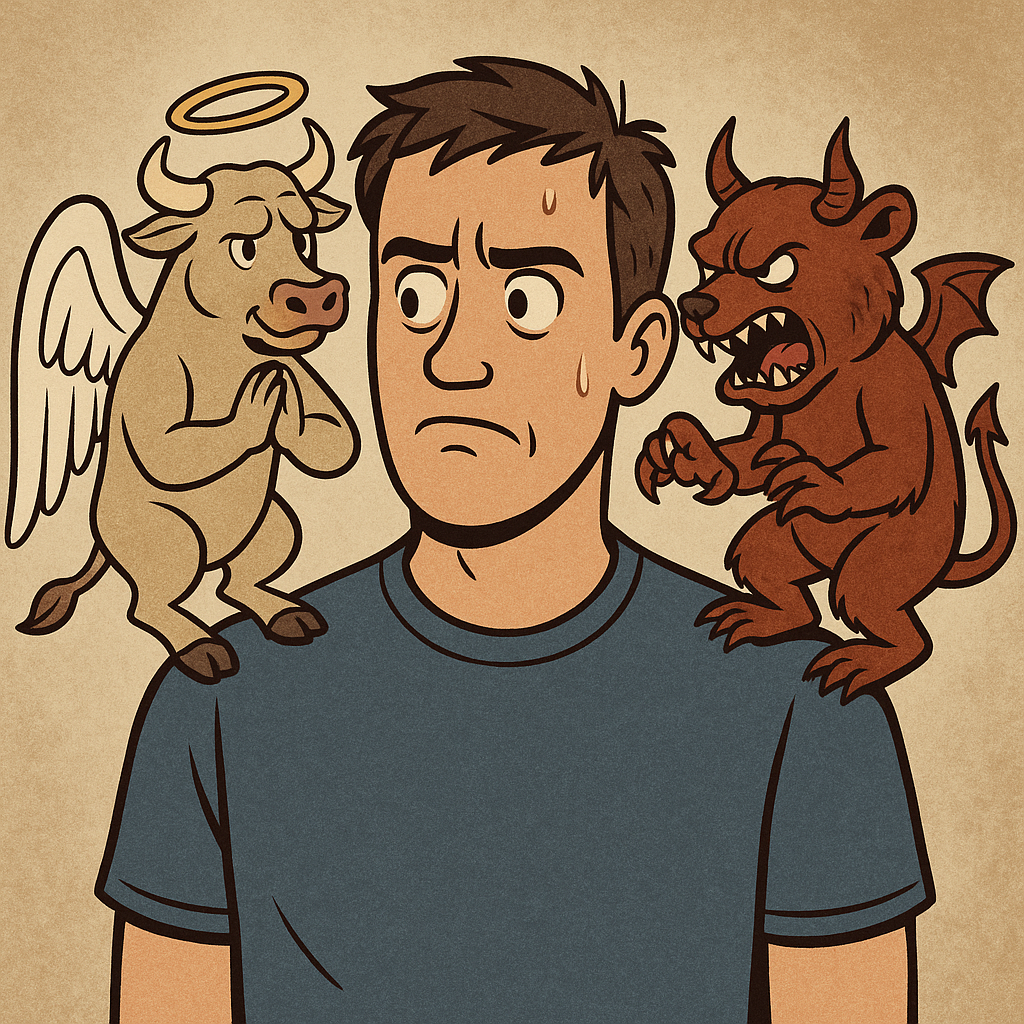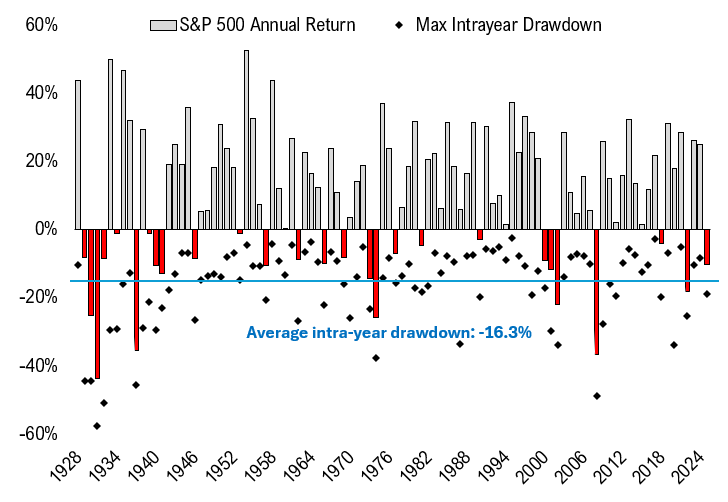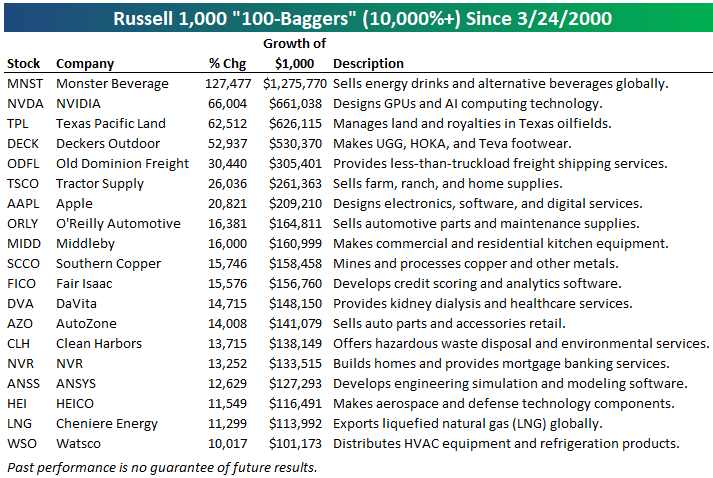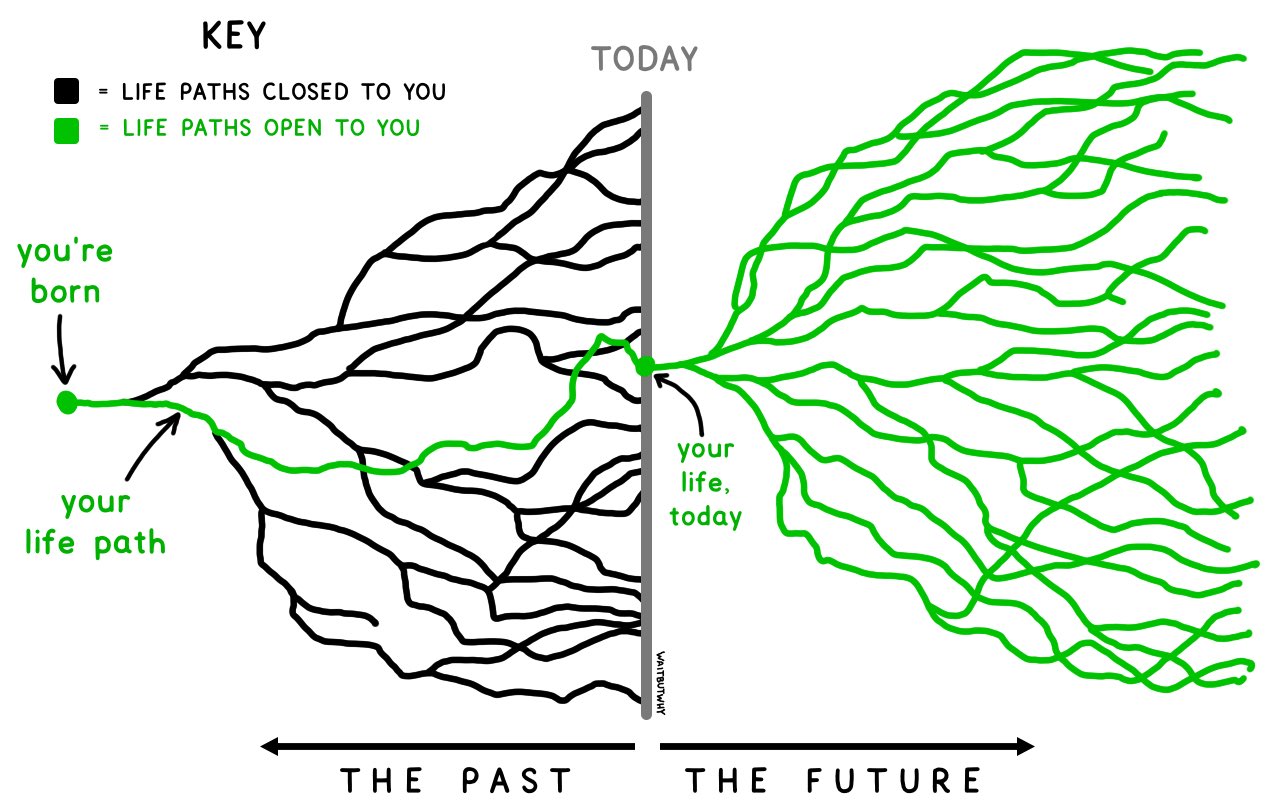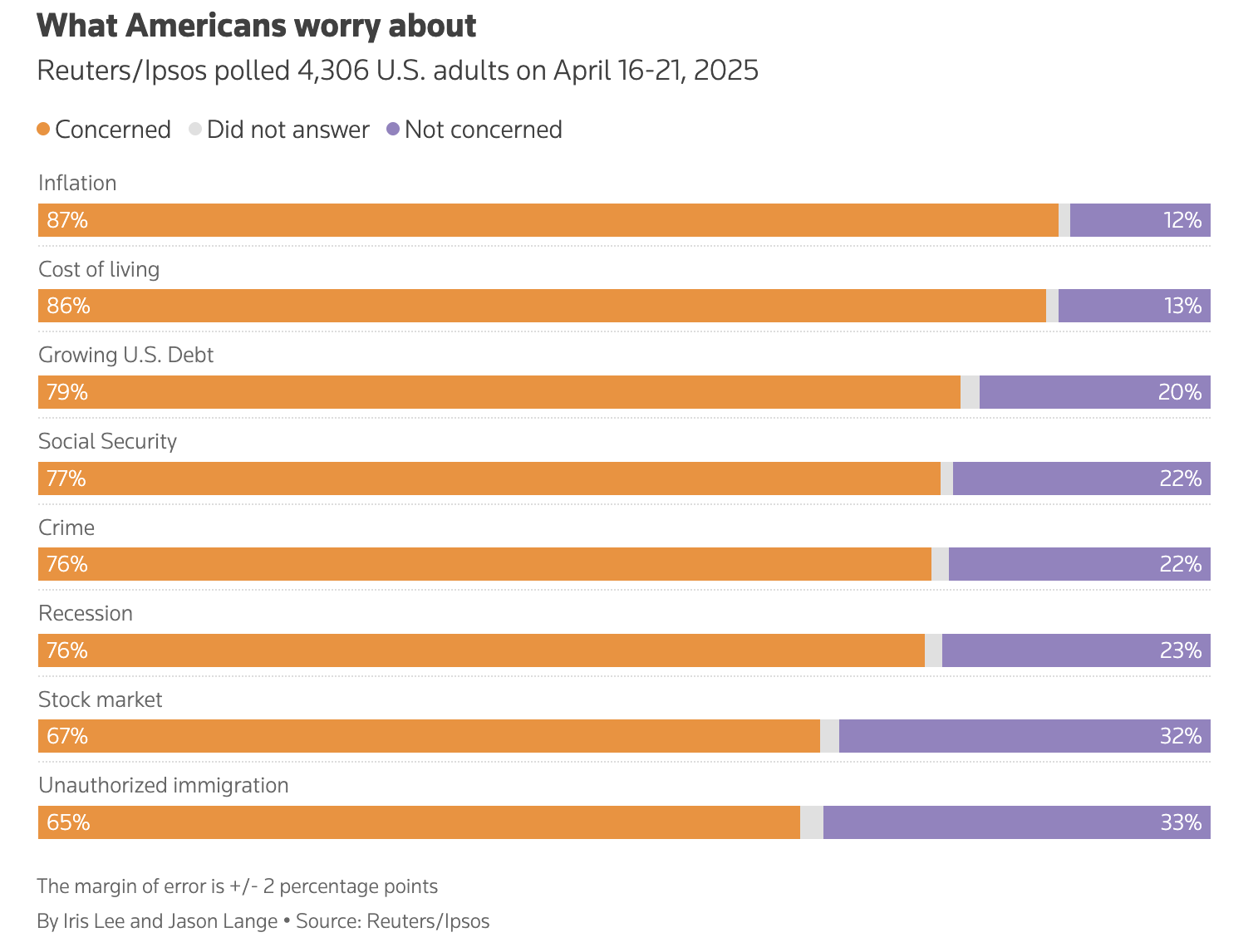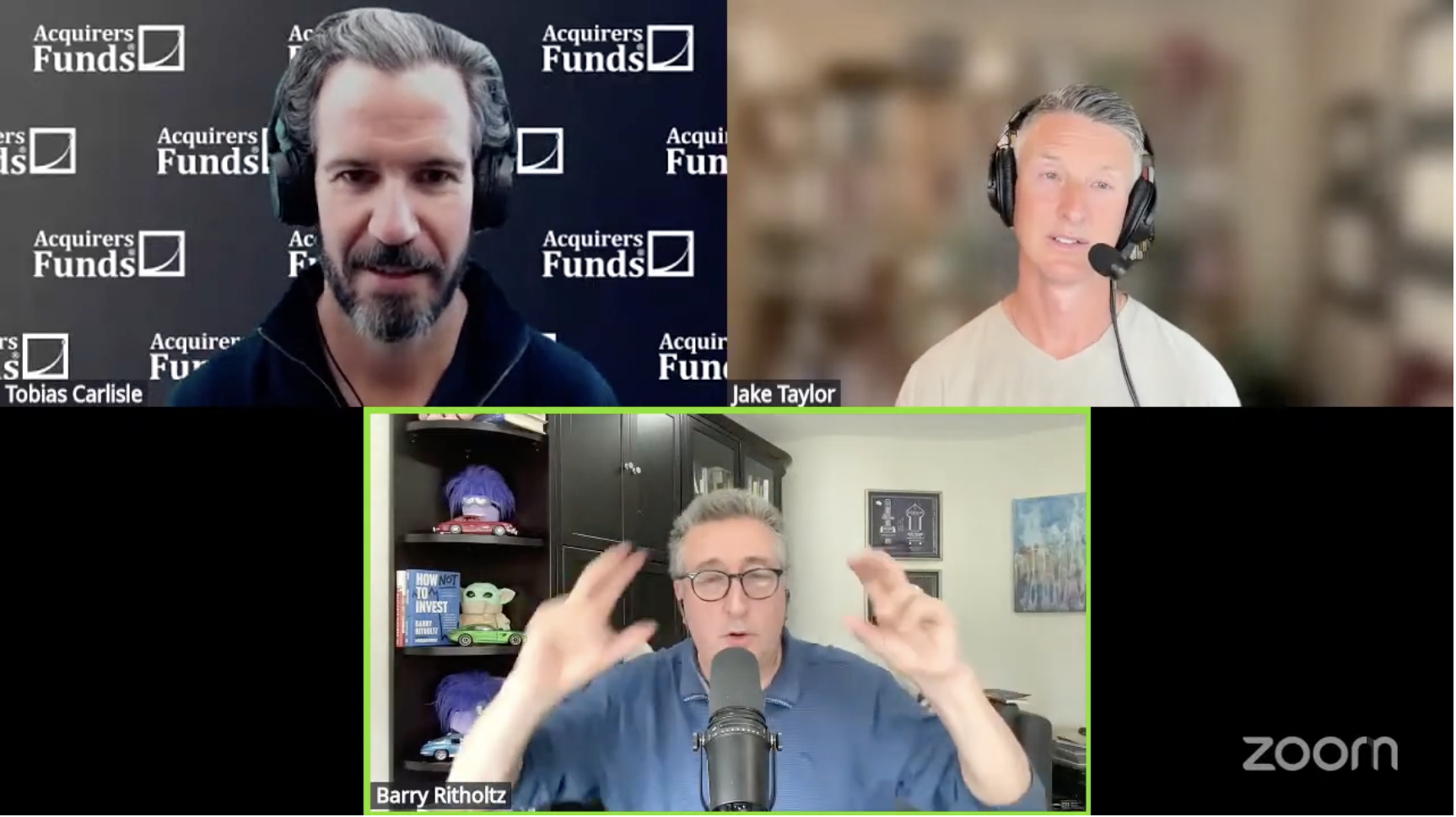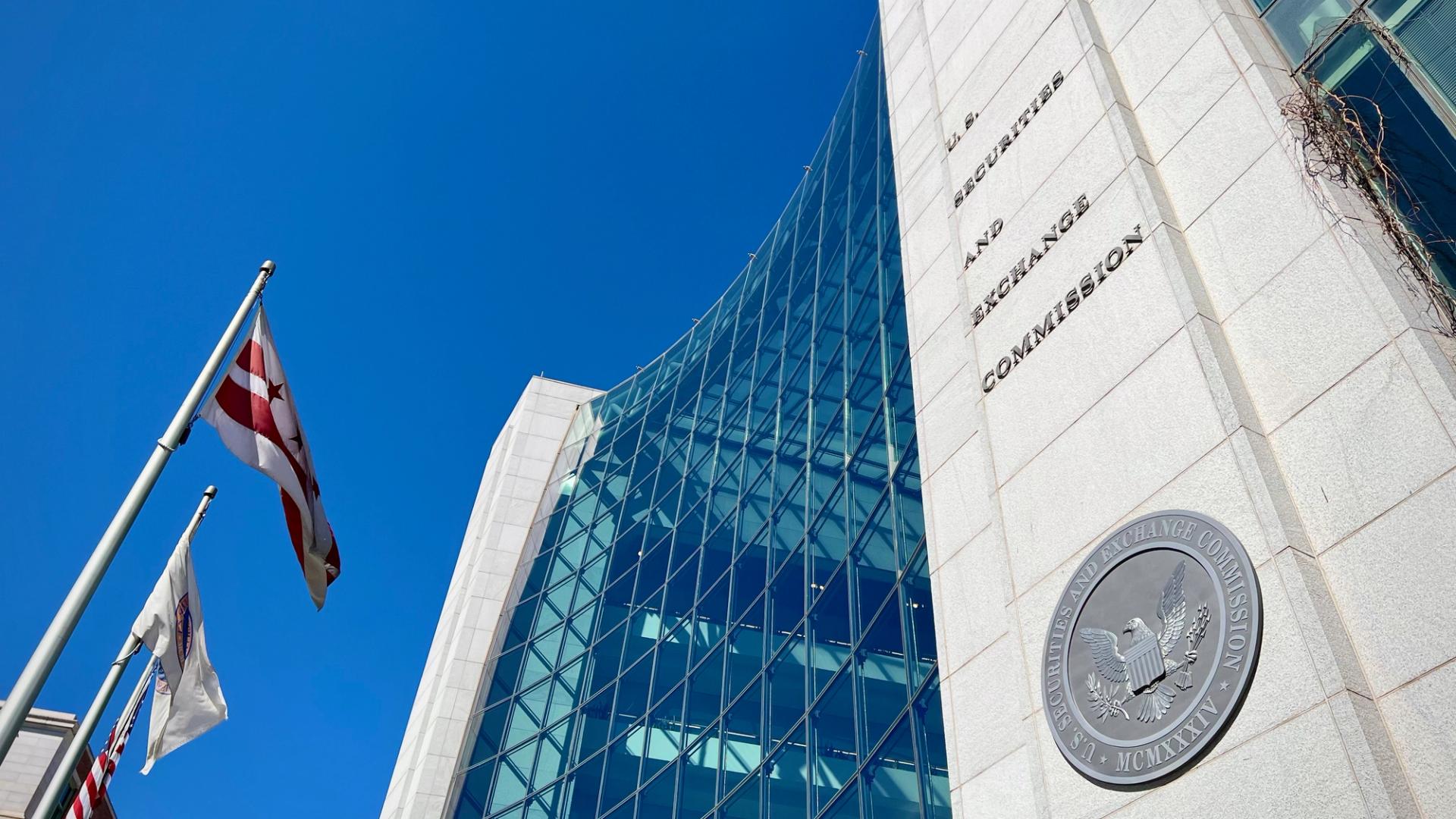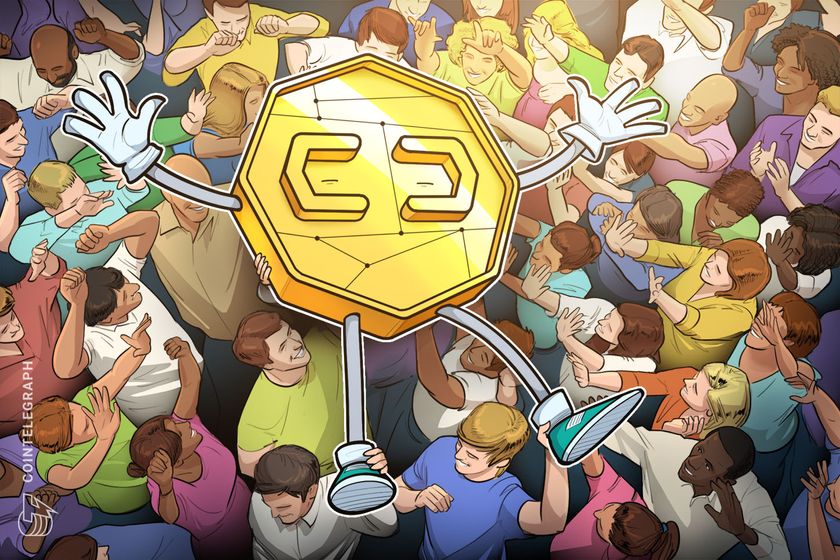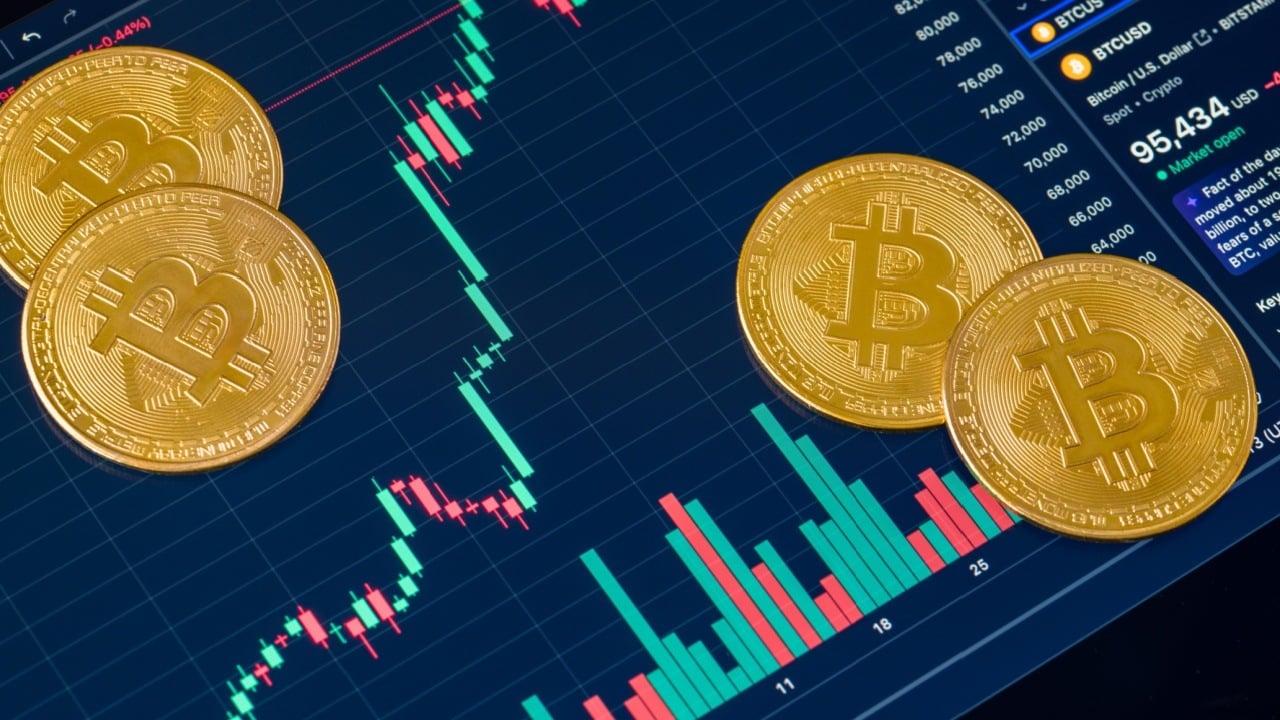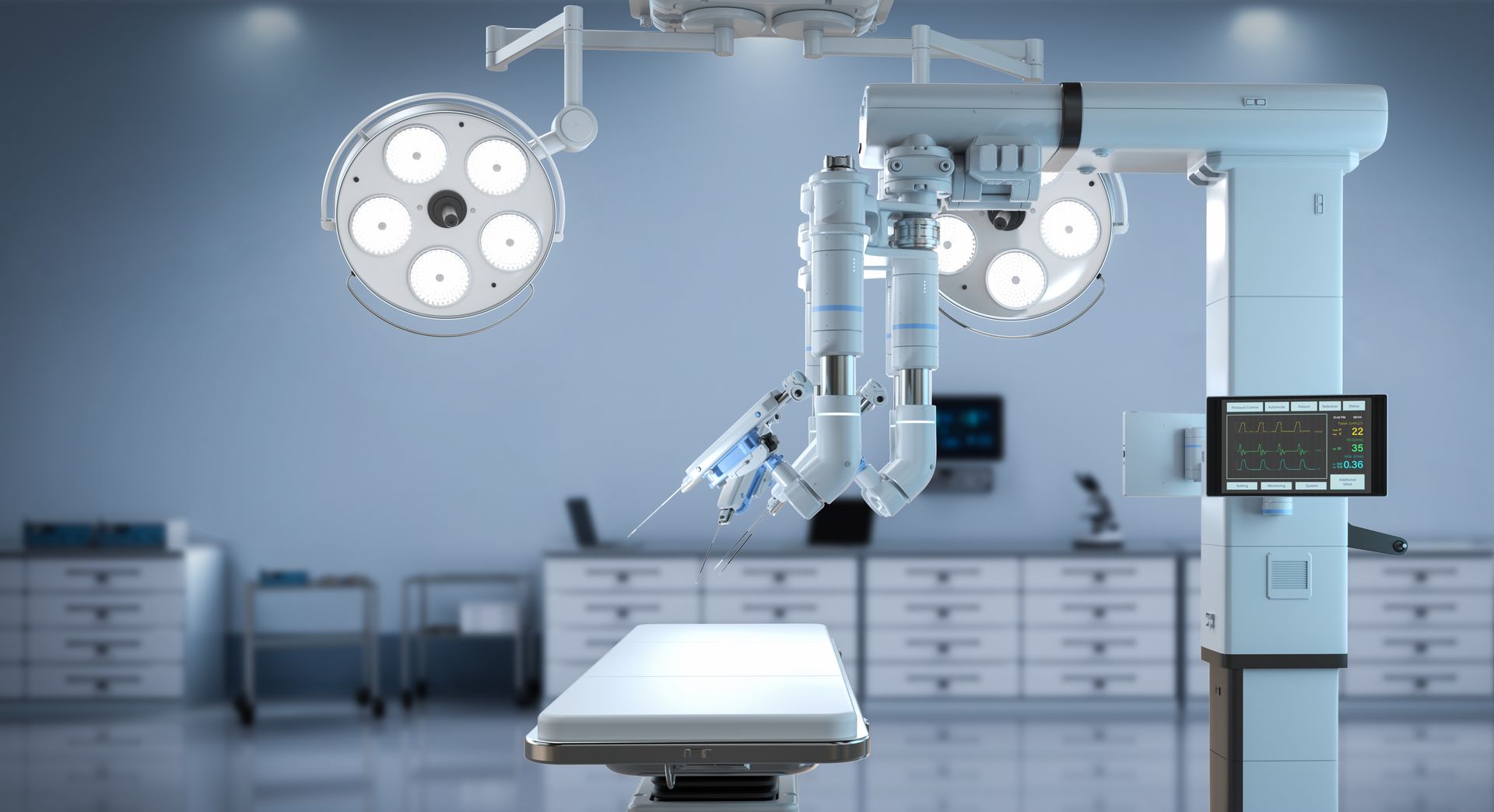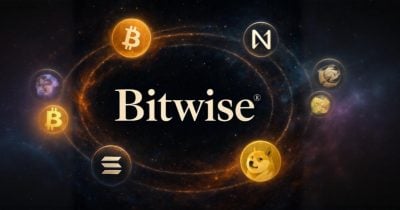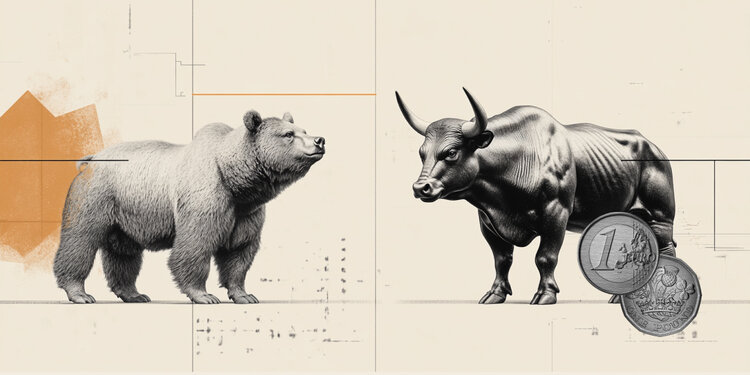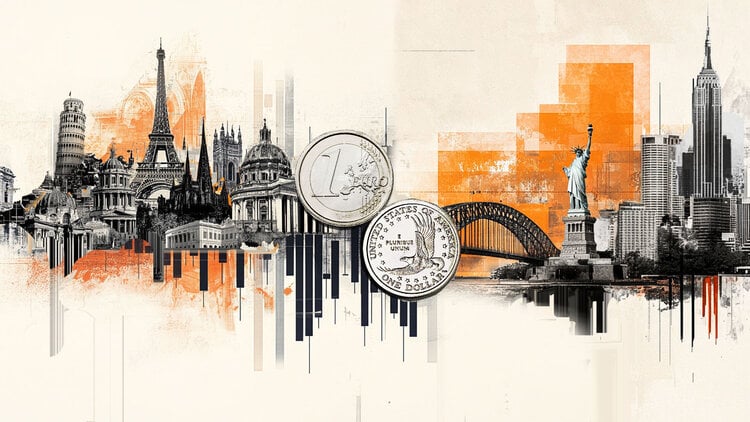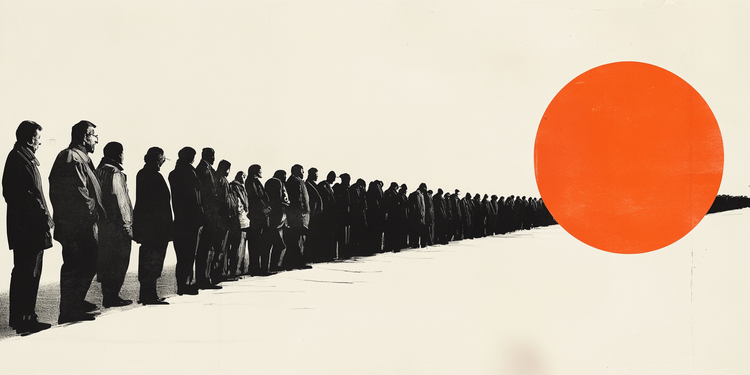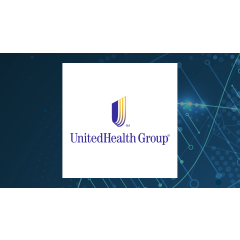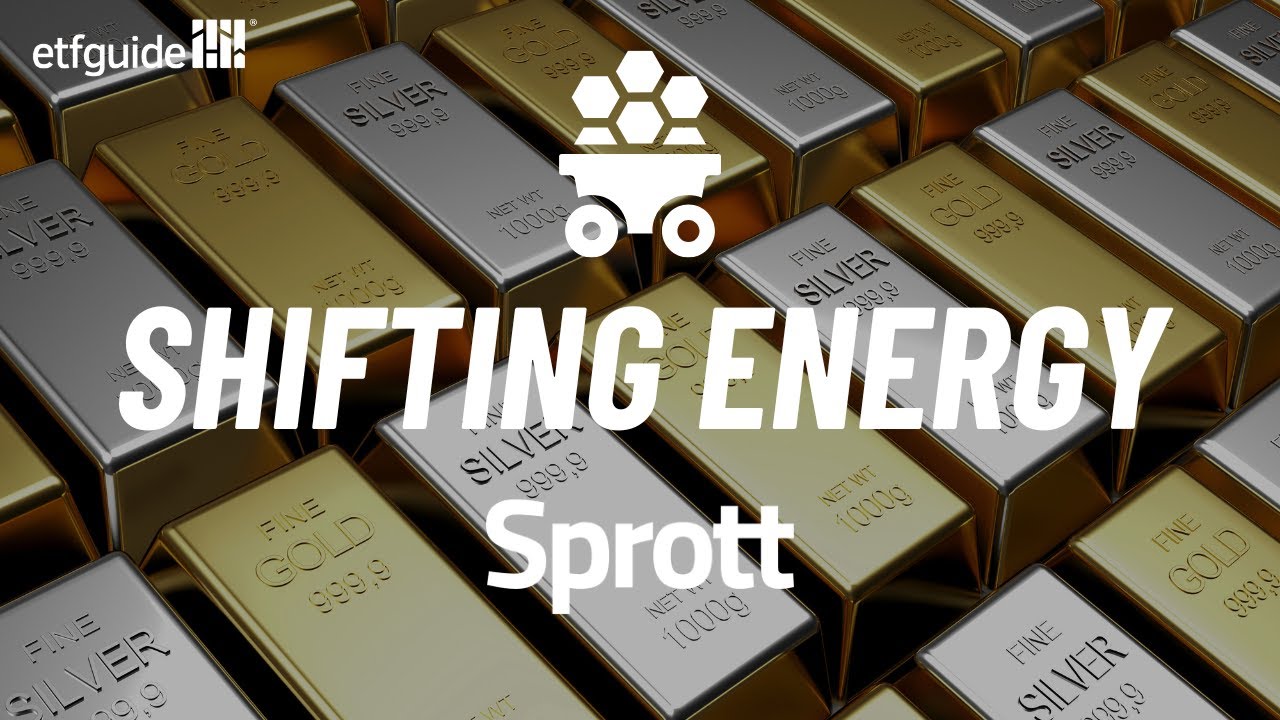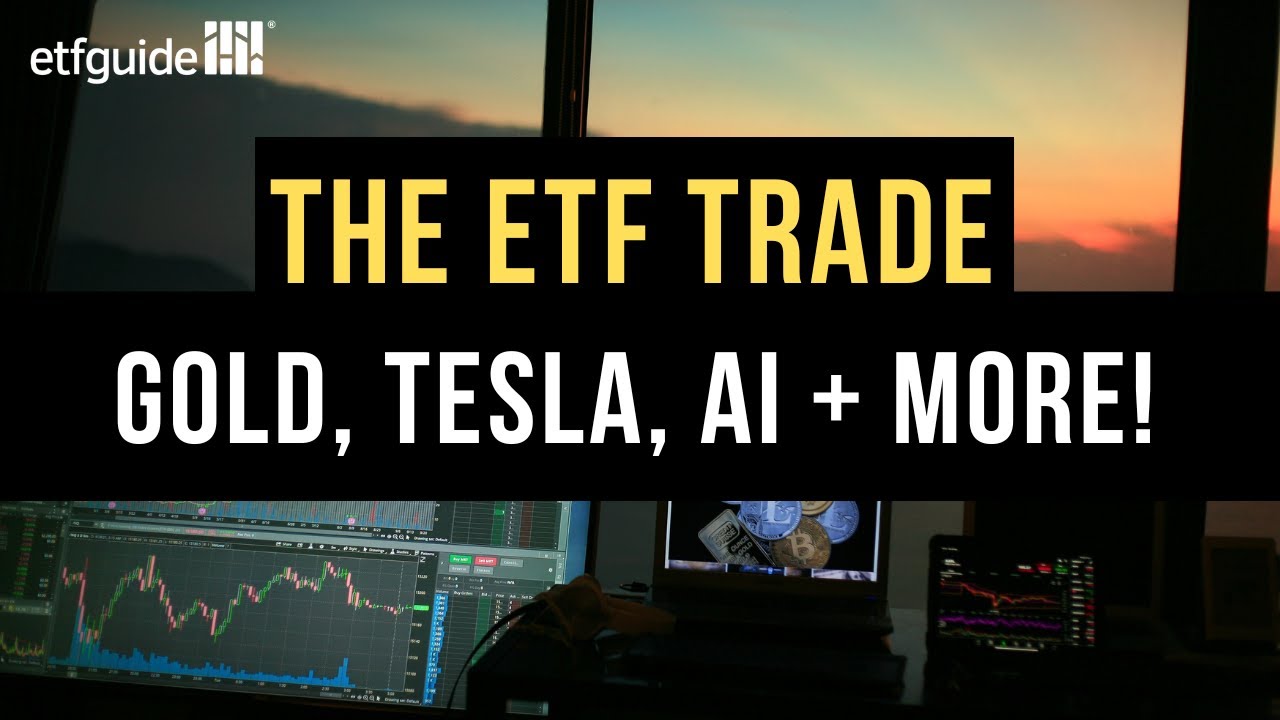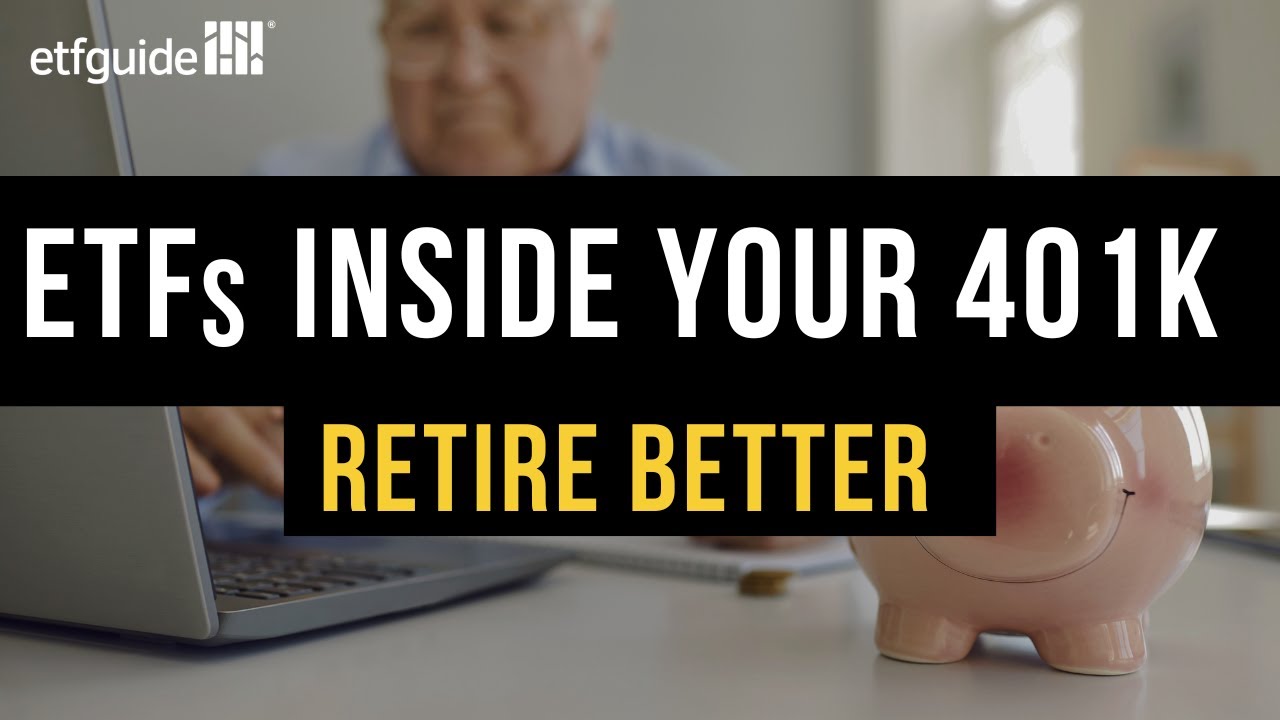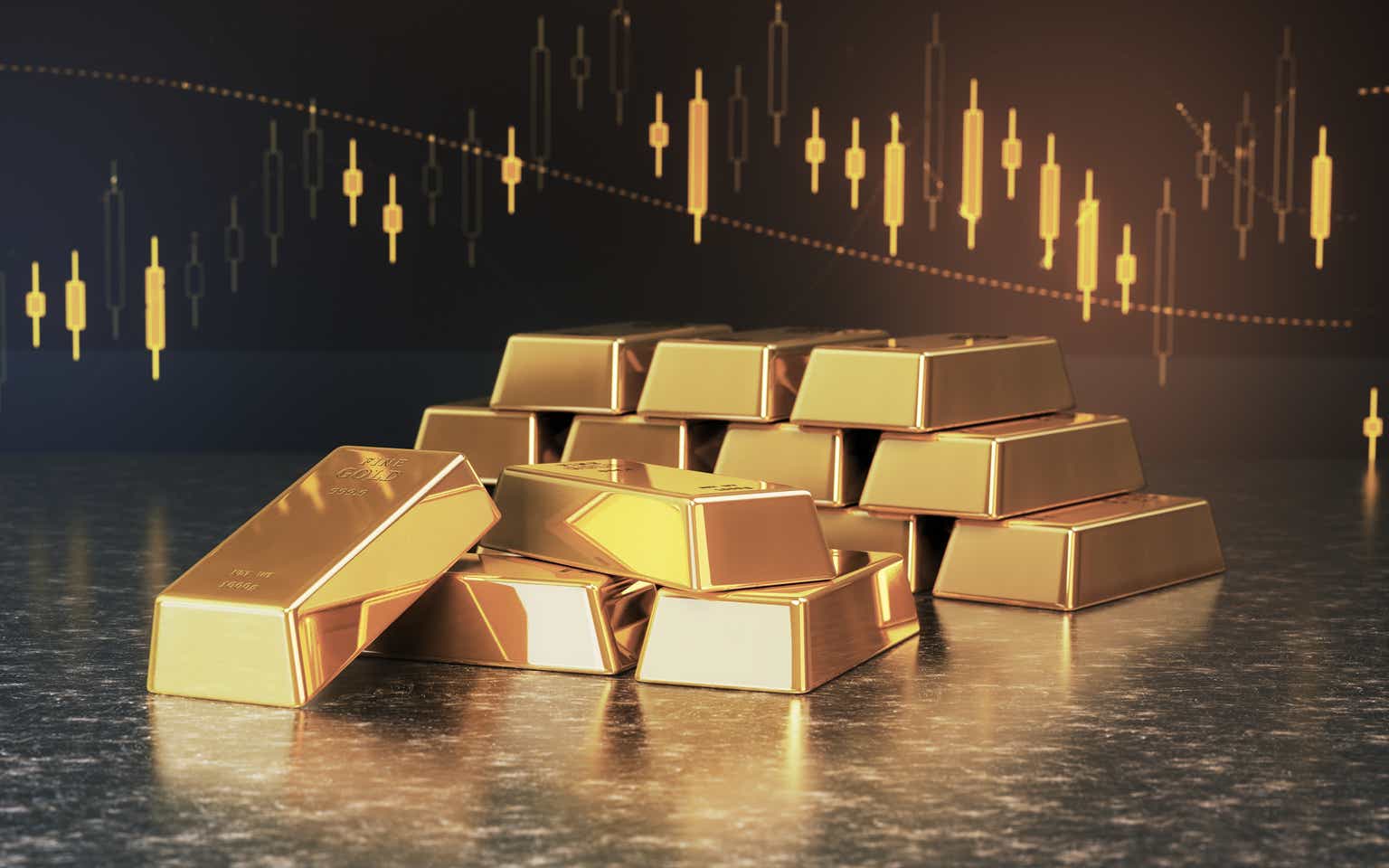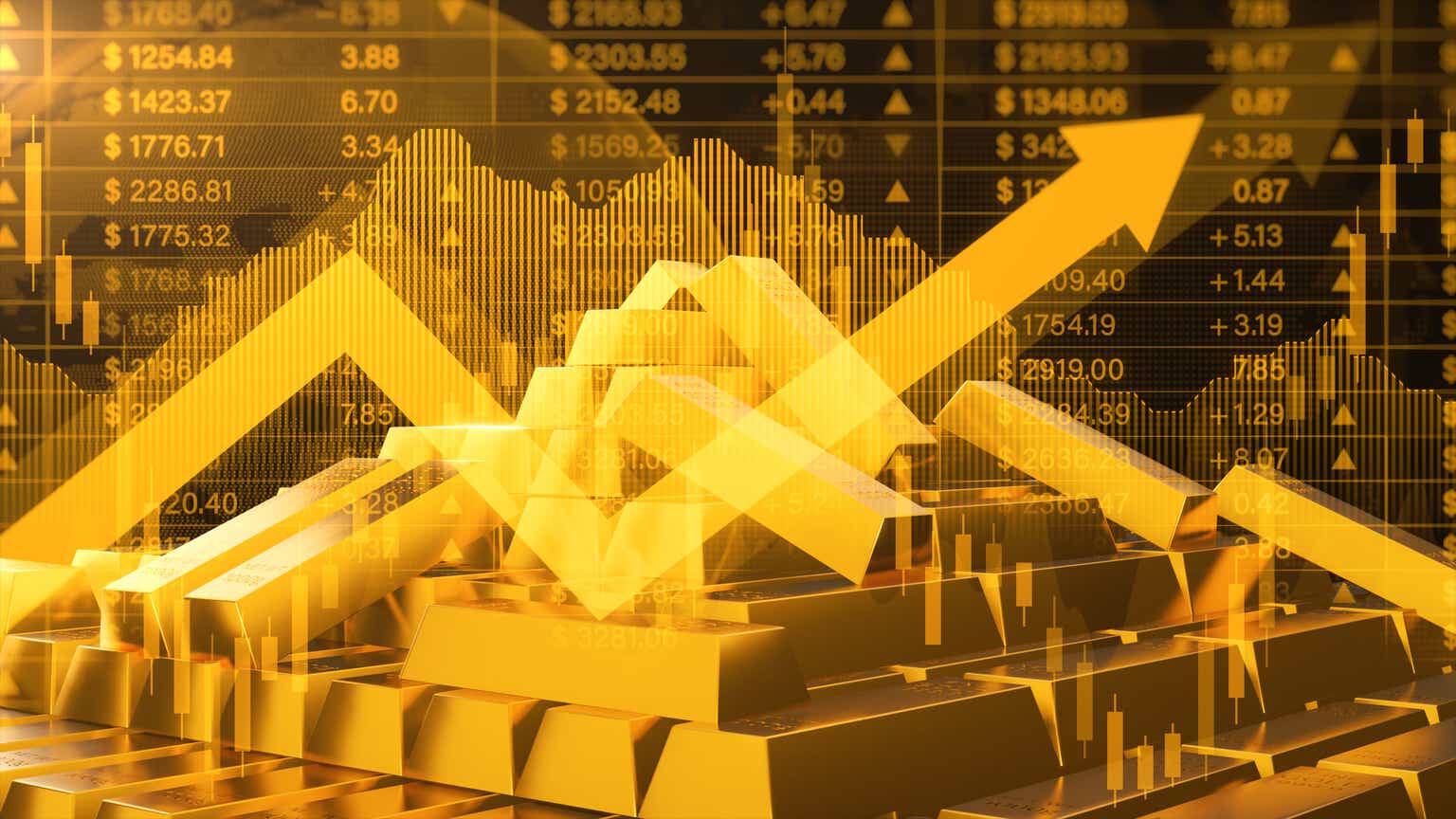3 High Yield Dividend Stocks Under $25 to Buy and Hold Forever
As income and wealth inequality continue to divide Americans into two distinct classes and levels of wealth, those who are struggling to find investments that can outpace inflation and the growing costs of everyday life are hard-pressed to find options that fit their needs. One of the best ways to do this is investing in […] The post 3 High Yield Dividend Stocks Under $25 to Buy and Hold Forever appeared first on 24/7 Wall St..
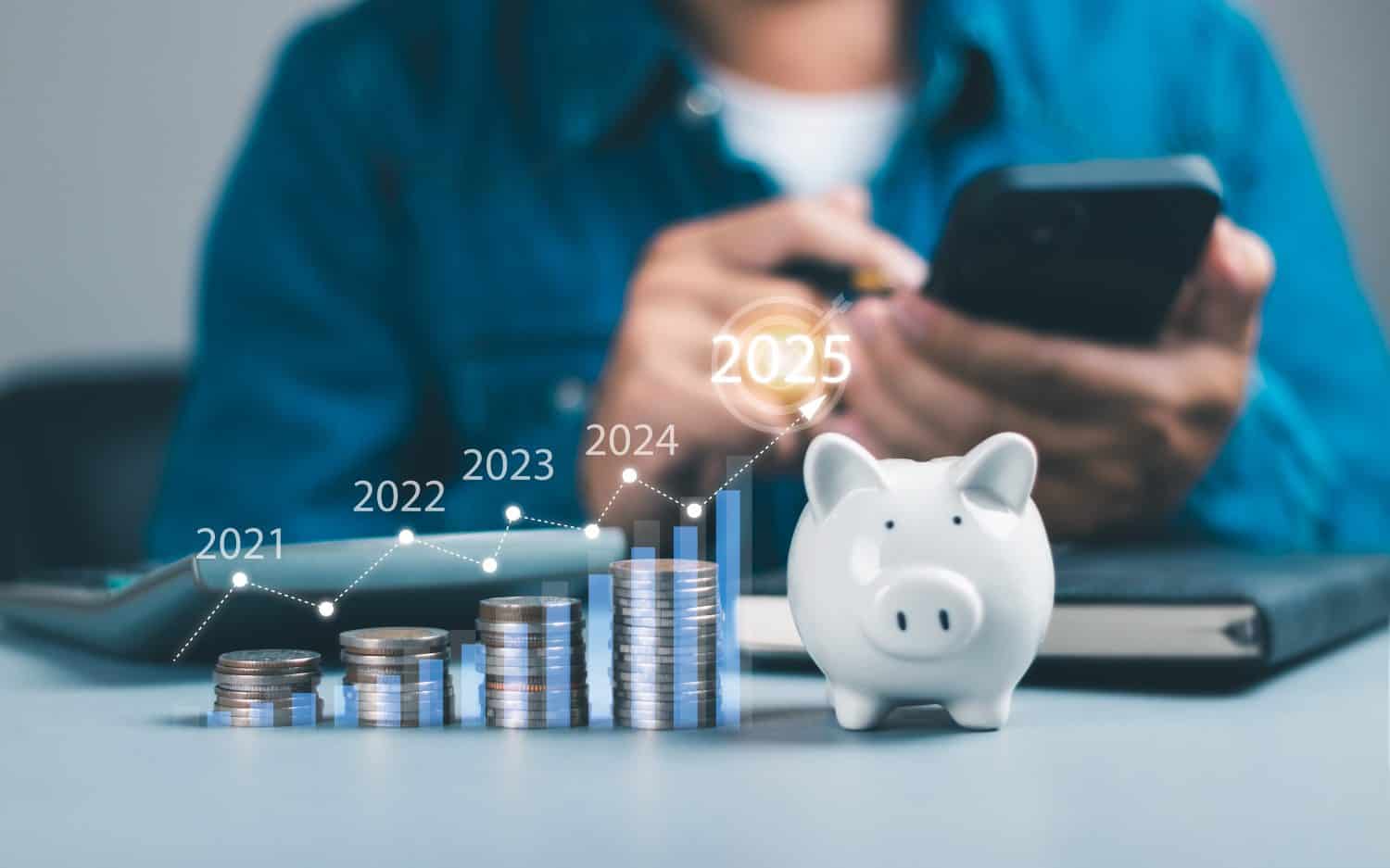
As income and wealth inequality continue to divide Americans into two distinct classes and levels of wealth, those who are struggling to find investments that can outpace inflation and the growing costs of everyday life are hard-pressed to find options that fit their needs.
Key Points
-
The high-yield dividend stocks we recommend are Pfizer, Healthpeak Properties, Inc., and The Brookfield Renewable Partners L.P.
-
Like other stocks, the impact of high-yield dividend stocks is greater with the more you buy, and reinvesting your dividends into the same stock can compound your returns.
-
4 million Americans are set to retire this year. If you want to join them, click here now to see if you’re behind, or ahead. It only takes a minute. (Sponsor)
One of the best ways to do this is investing in high-yield dividend stocks. But which ones are the best for you, which ones provide the most return, and which ones can you actually afford. We looked into the optins and found three of what we think are some of the best stocks to buy and hold today.
Why Should You Invest in a High-Yield Dividend Stock?
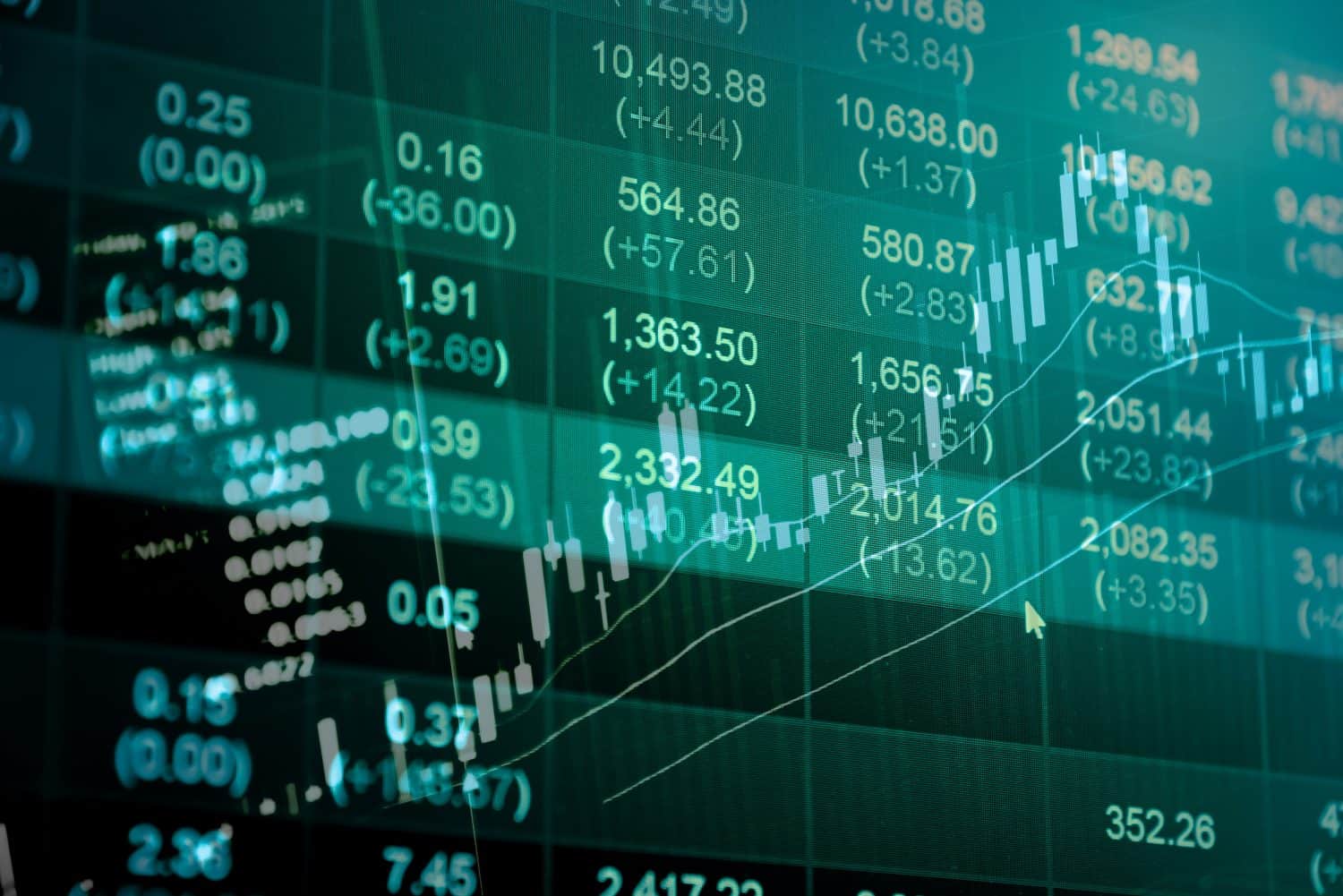
I believe in informed consent, so I do not want to tell you if you should or should not invest in high-yield dividend stock, but my aim is to provide you with enough information to allow you to determine if investing in high-yield is the right decision for you. There are several investment options that an investor (potentially you) has a lot of choices, and can customize their portfolio to what they feel comfortable doing.
What is a High-Yield Dividend Stock?

High-Yield Dividend Stocks are stocks, or small pieces of ownership of a company, that consistently yield higher dividends, or pay the stockholder money on a set payment schedule. If a stock is worth more than the 10-year note, which the Federal Reserve maintains, and the S&P 500 average, it is considered high-yield. A dividend is a payout from a corporation to shareholders (investors/stockholders).
The objective of a dividend is to compensate the investor (the person who purchased the stock, also called a stakeholder or shareholder) over time for their upfront stock payments. The dividend amount usually depends on the consistent profit of the corporation, depending on the type of stock it is. The two types of stock are common and preferred.
So, if the corporation increases its profit, the shareholders of common dividend stock make more money in the form of dividend returns. If a corporation’s profit decreases, so does the dividend amount, meaning the shareholders get paid less. If a corporation is losing money, common stockholders might not receive a dividend at all for that pay period. The more consistently a corporation makes a profit, the more consistent the dividend payment history is, and the more valuable that corporation is seen to be.
Shareholders use the dividend payouts as a stream of income or to reinvest in other corporations (thus making more money). Dividends can also be paid out in the form of even more stock (or corporation shares).
Are Dividend Stocks Infinite?
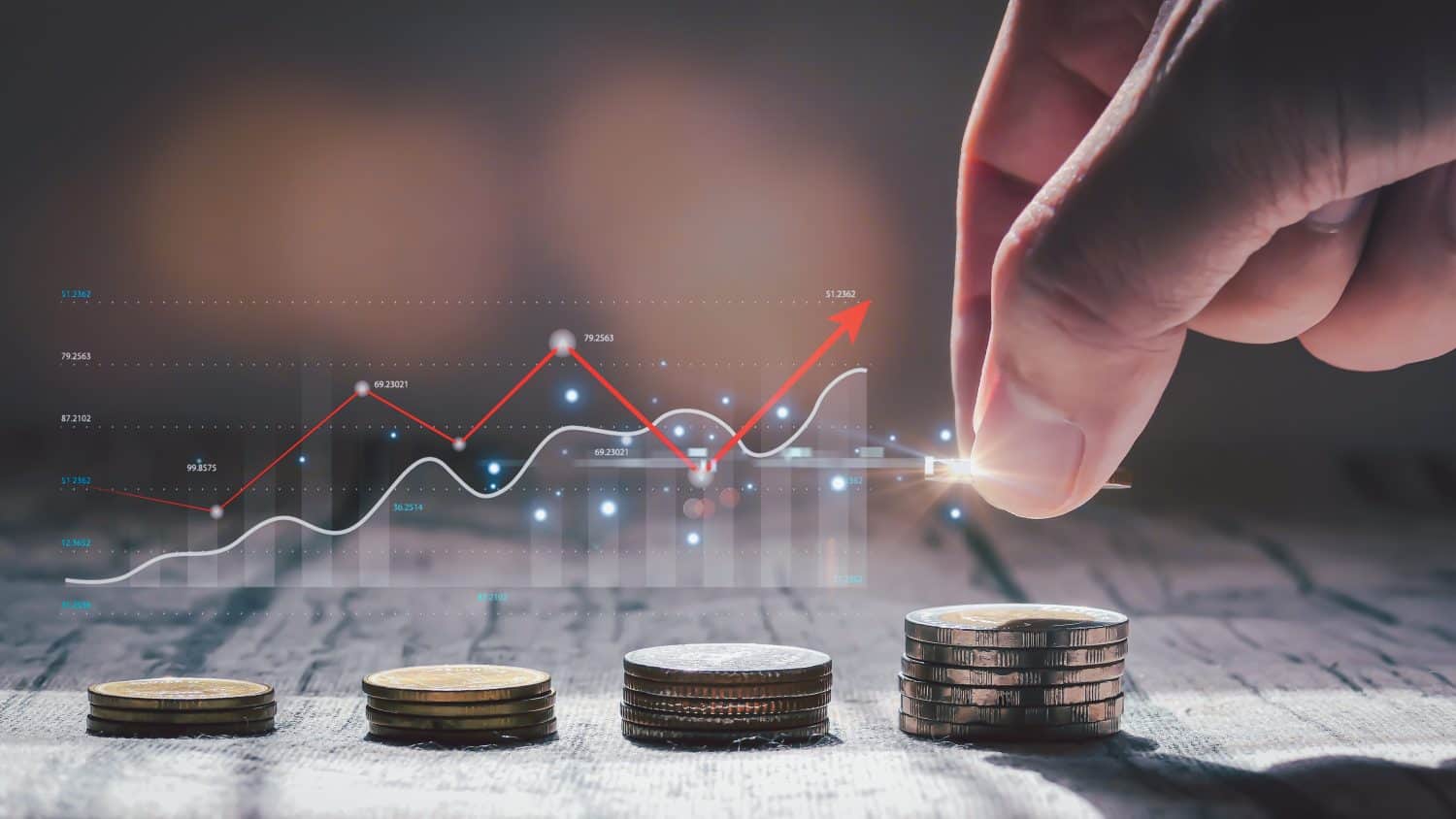
Can corporations sell as many stocks as they want? The simple answer is no. Remember when we said there were two types of stock? Common and Preferred? The company decides how many shares to sell when it goes public, called an initial public offering (IPO), and then, if necessary, offers a second round of stocks after a certain amount of time has passed. These are preferred dividend stocks. This is also known as fixed dividend stocks. Meaning, every pay period, these shareholders get paid a fixed amount. Common stock is different, however, and can sell as many common stocks as it wants or needs to acquire enough capital. The more preferred stocks that are bought, the more they cost.
Investors might choose to sell their accumulated stocks or try to shed them for several reasons. When people sell their stock, it is up for purchase by other investors. Also, founders and CEOs of corporations can retain their shares and offer up the rest to the market. So, if a corporation retains 60% of the company shares and then offers up the rest to the public, that company still has possession or control of the company. The remaining 40% of shares hit the market, and ownership of that portion of the company can change constantly. Owners of these public shares are often entitled to voting rights, but not possession of the company.
As stated previously, dividends can either be fixed or not. A fixed dividend, or preferred dividend stock, has a fixed amount that must be paid out no matter what before the common stockholders. This dividend must be paid whether the company made a profit in that pay period or not.
Common dividend stock is paid according to the board’s discretion. So, if you have preferred stock, the company must pay a set dividend no matter what the company’s profit is for that pay period. However, the dividend amount for the common stockholders can change depending on the market and the company’s performance. Any profit left over after all other company expenses are paid and the preferred stockholders are paid, the rest is divided amongst the common dividend stockholders. So, sometimes the common stockholders might receive fewer dividends, more dividends, or no dividends at all. And sometimes a company might lose money paying dividends to the preferred stockholders.
If the company has a high profit, the common stockholders can receive more dividends than the fixed preferred stock dividend holders. This is because common stock responds to the increases and decreases in a company’s value. That also means that common stock is more volatile, because it also depends on the performance of the company, but often leads to higher total dividend payouts in the long term.
The Compounding Nature of Dividend Stocks

One of the most important things to know about high-yield dividend stocks is that they can compound their earnings. If you purchase stocks in companies that increase their dividend rates (of common stock) frequently, you are going to be accumulating more money passively. This is just a secondary way that dividend stocks accumulate compound interest.
Most investors reinvest their dividends automatically into more shares, which generates more income. Compounding interest is not a quick way to make money. It requires patience, a very steady stock market, and discipline. It means knowing when to hold onto stock and when to sell. That is the risk component of the stock market. The more risk you take, the more quickly you can make money. But, some of the wealthiest people in the world (ever heard of the Oracle of Omaha?) have made billions of dollars by having a diverse investment portfolio and holding onto stocks for a long time.
Are these people outliers, or are they the rule? Since there are only 735 billionaires in the United States and 162 million individual stock market investors (62% of Americans), statistically, they seem to be outliers.
What Should Investors Look for When Selecting High-Dividend Stocks?
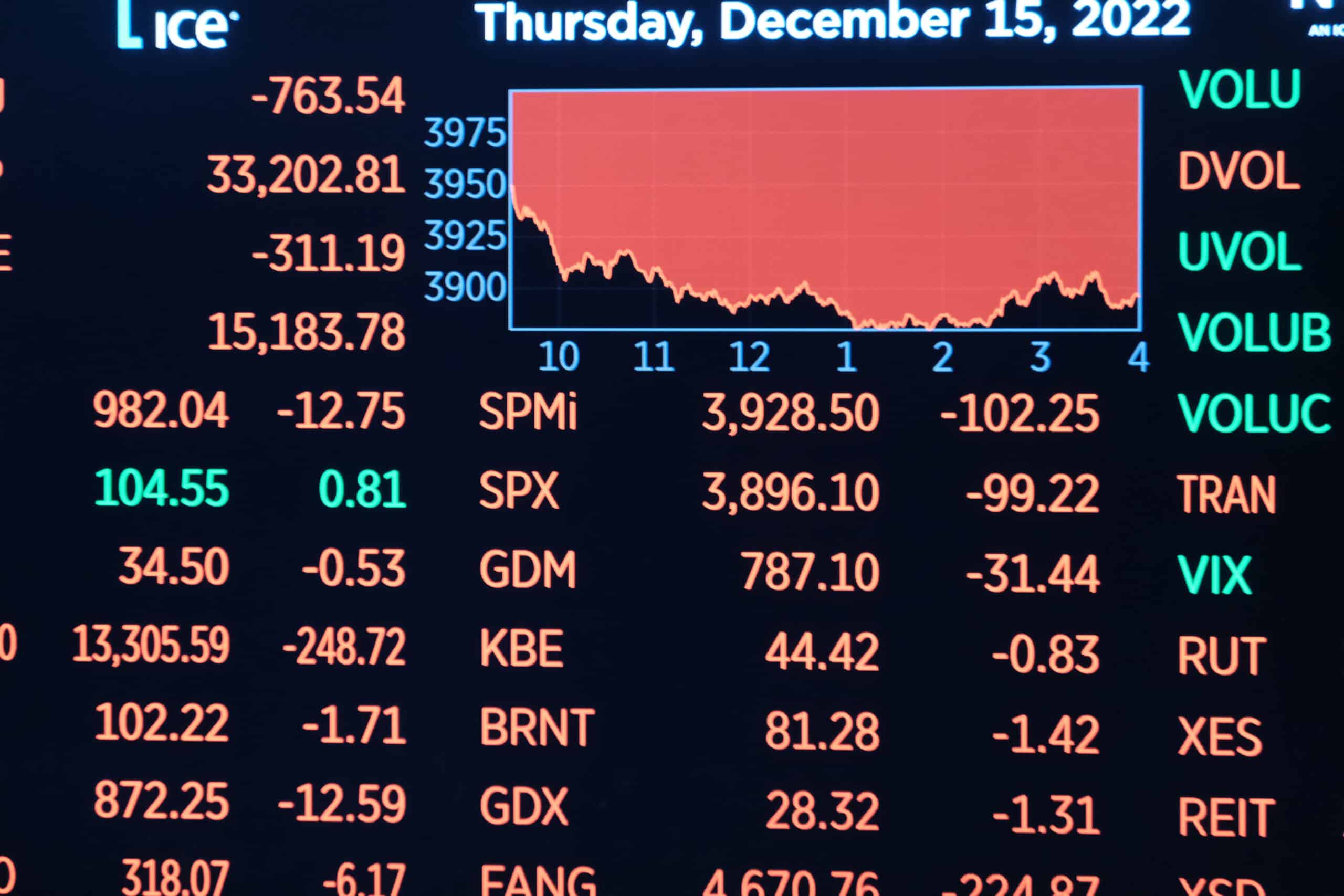
Investors shouldn’t rely on one single metric to determine if a company is worth investing in. Several metrics are used to be able to see a company as a whole. When you invest in a company, you aren’t only investing in its products. You are investing in its idea of the future, its ethics, its morals, its history, and its daily monetary financial management strategies and how those daily decisions ultimately affect you (the investor) years and years down the road.
So, besides the current high-yield dividend rate of the stock, there are other factors and metrics that an investor absolutely needs to consider before purchasing the stock:
Does the Company Have a History of Increasing Dividend Stock Percentage?
There are several companies in America that some consider monopolies, but others consider them Dividend Aristocrats. This means that these companies have been around for a long time and have a history of consistent profit growth, which translates into consistently increasing dividend percentage yield. If you look at the company’s history, you can see a lot of consistency, which is usually a green flag.
A metric that is common to look at that can explore this idea is the number of growth years. That is a metric that will tell you the number of consecutive growth years a company is currently experiencing. Should you only invest in companies that are in a stretch of growth years? Possibly. That could be an indicator of investment safety, but it isn’t the end-all-be-all deciding factor. It is a useful piece of information when looking at a company as a whole.
What is a Payout Ratio?
When deciding on a dividend stock to purchase, you can’t only look at the dividend yield. It’s also important to look at the dividend payout ratio. This is a formula that compares how much money the company returns to shareholders (via dividend payouts) to how much money it retains. When a company has a low payout ratio, that means that it is retaining more money than returning to shareholders. When it has a high payout ratio, that means it is returning more money.
The ratio formula divides the total dividends paid by the company’s net income and expresses it as a percentage. The formula is: (Dividends paid/ Net Income) x 100. It’s important to find a ratio percentage range that is comfortable for you and to make sure you understand what the payout ratio means. Something too high could be a very unsustainable dividend policy and might mean volatility. It also means that the company can’t cover its dividend payouts with its earnings alone. A percentage that is too low for too long might signal future bankruptcies.
Another thing to remember is that nothing is 100% certain in the stock market. There is no perfect formula to know the perfect company to invest in. Investors and shareholders are constantly holding, selling, and purchasing new shares.
What is a Dividend Yield?
A dividend yield is a formula that measures how much dividend you should expect to receive in relation to how much the share costs you to buy. The mathematical formula is Dividend Yield= (dividends per share)/(share price)
So, if a dividend yield is 3.2%, that means that for every $100 you invest in that company, you will receive a payout of $4.20 annually. It’s important to understand that this can only give you information about a company’s performance a year ago and doesn’t look at its current performance.
What is a Dividend Growth Rate?
Dividend growth rate is important to look at so investors can determine if the company is a good match for their investing goals. If you are looking for a company to invest in the short term, the dividend growth rate isn’t that important. If you are looking for a long-term company to buy and hold, looking at the dividend growth rate is potentially more telling than the dividend yield.
The dividend growth rate looks at the payout ratio over a multi-year period. In order to keep up with inflation, the dividend growth rate needs to grow. If it stays consistent, it actually is losing value over time, because inflation is always increasing. A company that has negative growth rates or stagnant rates might be worth considering for a short-term investment, but not a long-term one.
What are Consecutive Dividend Increases?
Consecutive dividend increases simply measure how many years in a row a company’s dividend distribution has increased. When a company’s dividend drops or stays stagnant for even one year, the number resets to zero. A low number doesn’t necessarily mean it’s a bad investment.
If you look at a company’s dividend history, streaks of consecutive dividend increases can show you how a company has historically overcome financially distressing events or economic recessions. Dividend Aristocrats and Dividend Kings are companies that have increased their dividends at least 25 years in a row (Aristocrats) and 50 years in a row (Kings).
Does the company align with your moral values?
Capitalism responds not with ethics, fairness, or morals, but to the voting power of dollars. The companies that can convince more consumers to either buy stock or products will be more successful regardless of their societal, economic, or environmental impact.
Are the Dividend Aristocrats ethical? Does owning stock in a company that exploits labor from employees matter to you? Does this company’s product belong in the future that you want your children to have? Does this company contribute to overconsumption culture and, therefore, speed up the demise of a livable planet? Is there even an ethical way to participate in the stock market anyway? All of these questions are up to you to answer for yourself.
These are currently the best high-yield stocks that cost under $25.
The Brookfield Renewable Partners L.P.
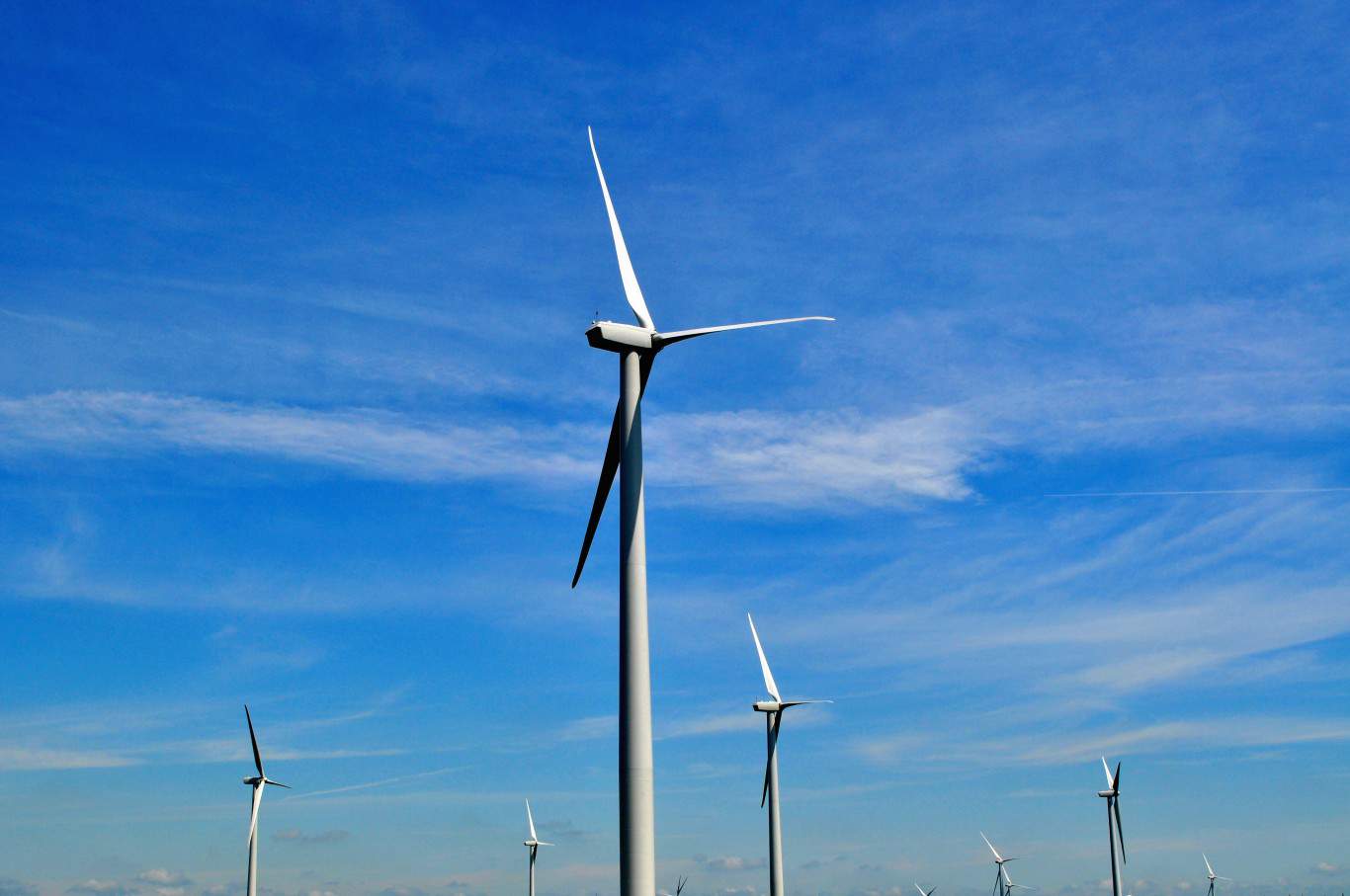
- Ticker: NYSE: BEP
- Current Price: $22.10
- Annual Dividend Amount: $1.44
- Dividend Yield: 6.51%
- Dividend Growth: 5.14%
- Payout Frequency: Quarterly
- Payout Ratio: 100%
- Sector: Renewable Energy
The Brookfield Entity (NYSE:BEP) is one of the leaders in the Renewable Energy sector. It is a very large and diversified management company. Beyond being the parent company of many renewable energy companies, it also owns companies in the private equity, infrastructure, and real estate sectors.
The Brookfield Corporation was founded in 1899 in Canada as a hydroelectric company. Nearing 1960, the company decided to shift and start acquiring commercial properties. At the same time, it was acquiring infrastructure assets such as ports, toll roads, and bridges. From the beginning, Brookfield has been focused on long-term growth, providing essential services globally. In 2002, Bruce Flatt became CEO and transformed the company into a corporation. Today, The Brookfield Entity owns around 30 different assets, including management services, commercial property developments, and many other energy services in Canada, the UK, Singapore, Peru, India, Germany, Colombia, Brazil, Australia, the US, and Canada.
At the beginning of 2025, its market capitalization, a common way to estimate net worth, was $88.57 billion. The entity has approximately 180,000 employees globally. It holds over $850 billion in AUM (assets under management).
In terms of renewable energy, The Brookfield Entity, under its subsidiary, the Brookfield Renewable Partners, is one of the largest globally publicly traded renewable energy platforms with investments in solar, wind, hydroelectric, and storage facilities across 4 continents.
Brookfield Corporation generates revenue from energy production, returns on private equity investments, utility operations, property rentals, fees for managing third-party capital, and through the ownership and operation of its assets.
According to Brookfield Corporation, it has included ESG (environmental, social, and governance) principles into its operations, focuses on reducing its carbon emissions, and promotes sustainable development across all portfolios. Besides that, it supports communities through community development projects, sustainability programs, and charitable donations. The Brookfield Entity’s focus on investing in sustainable infrastructure, real estate projects, and renewable energy is a testament to its devotion to long-term value and creating a healthier world.
Healthpeak Properties, Inc.

- Ticker: NYSE: DOC
- Current Price: $18.90
- Annual Dividend Amount: $1.21
- Dividend Yield: 6.41%
- Dividend Growth: N/A
- Payout Ratio: 406.7%
- Payout Frequency: Monthly
- Sector: Real Estate/Healthcare Facilities
Healthpeak Properties (NYSE:DOC) develops, owns, and operates real estate focused on healthcare discovery and delivery. Some of its investment properties include state-of-the-art lab campuses, outpatient medical centers, continuing care facilities, and retirement communities.
Healthpeak has environmental and social programs with a goal to positively impact its communities. Sustainability is also a core tenet of its governance initiatives. Its long-term financial goals intersect with its environmental goals in creating resilient properties, mitigating environmental impacts, reducing operating costs, and delivering continued return on investment. AKA: Healthpeak Properties understands that creating sustainability and reducing environmental impacts will allow them to continue to plan long-term.
It has earned certifications from LEED (Leadership in Energy and Environmental Design), and Energy Star Award 2024, and has made significant efforts to reduce water consumption, reduce energy consumption, reduce GHG emissions, increase recycling efforts, composting efforts, and e-waste recycling.
Pfizer
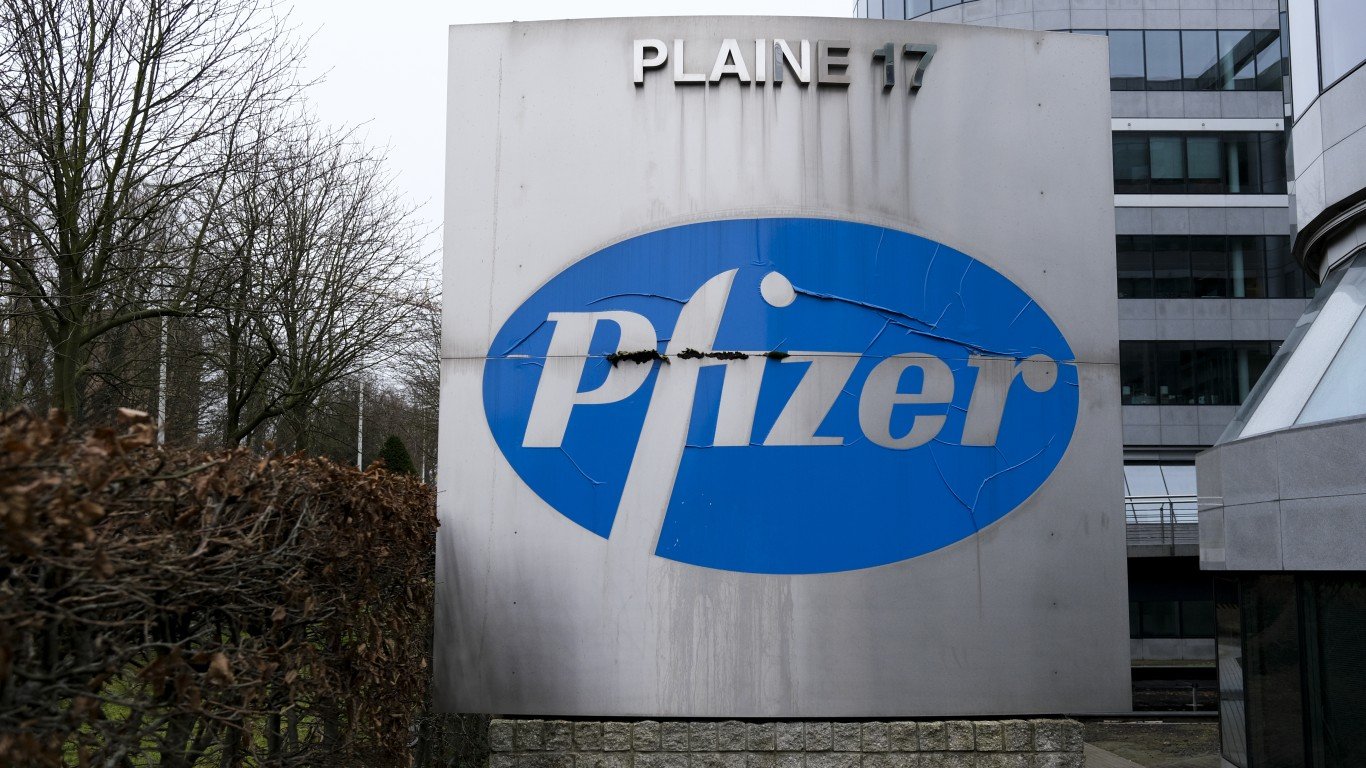
- Ticker: NYSE: PFE
- Current Price: $22.09
- Annual Dividend Amount: $1.72
- Dividend Yield: 7.68%
- Dividend Growth: 2.42%
- Payout Ratio: 119.01%
- Payout Frequency: Quarterly
- Growth Years: 14
- Sector: Pharmaceuticals
Pfizer (NYES:PFE) was founded in 1849 when Charles Pfizer invented an almond-flavored antiparasitic medication. Pfizer is an evidence-based, science-backed biopharmaceutical company that is dedicated to innovating breakthroughs that change its patients’ lives.
Pfizer believes in and supports its diversity and inclusion initiatives and has made great efforts from its global product production pipelines to its board of trustees to include diverse voices and worldviews. This is achieved through equitable pay, colleague resource groups, an inclusive supplier strategy, and publishing regular equal opportunity reports on its website.
Pfizer is focusing on rare diseases, internal medicine, inflammation & immunology, vaccines, oncology, and anti-infectives. Pfizer is focusing on innovation areas including medicinal sciences, precision medicine, maternal immunization, and mRNA Technology. Research and Development are at the center of everything that Pfizer does. Throughout the U.S. and the U.K., Pfizer operates eight research and development centers that each focus on different areas of scientific exploration.
The post 3 High Yield Dividend Stocks Under $25 to Buy and Hold Forever appeared first on 24/7 Wall St..

















